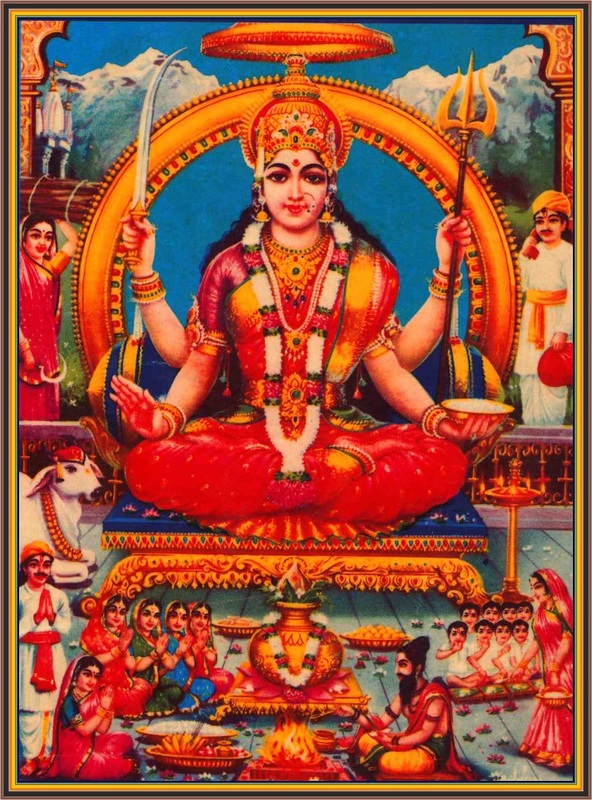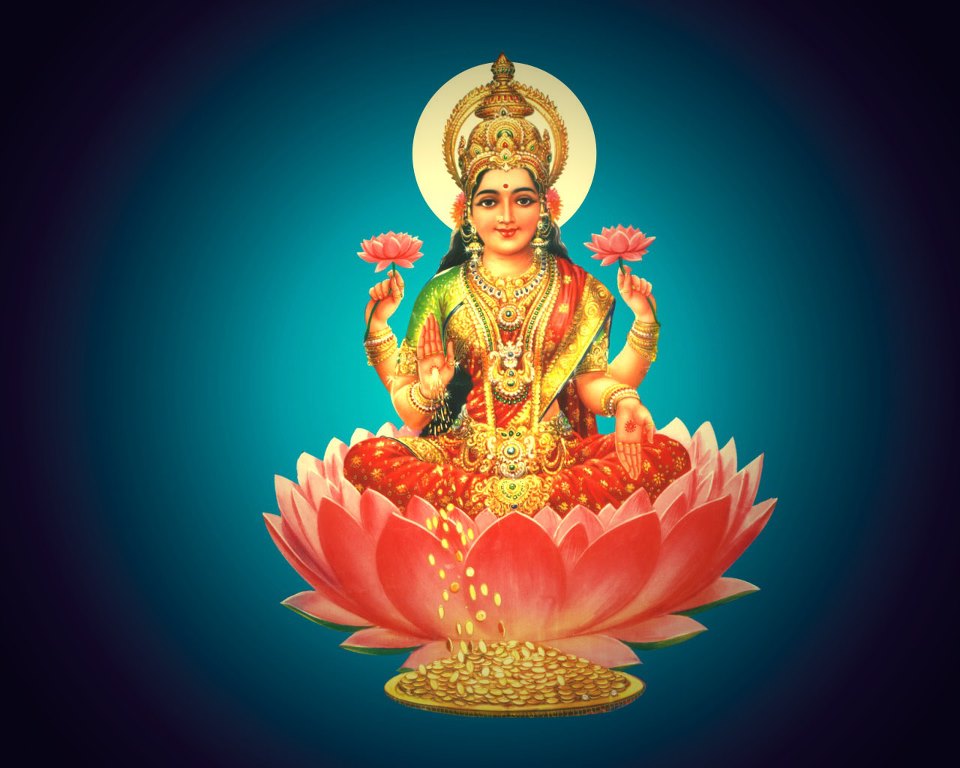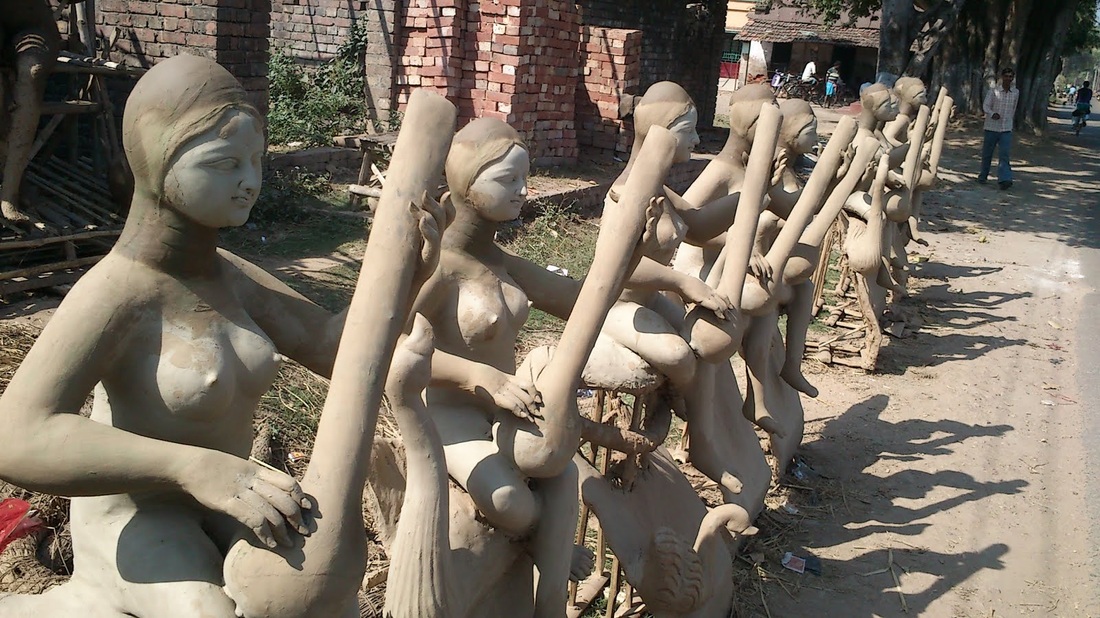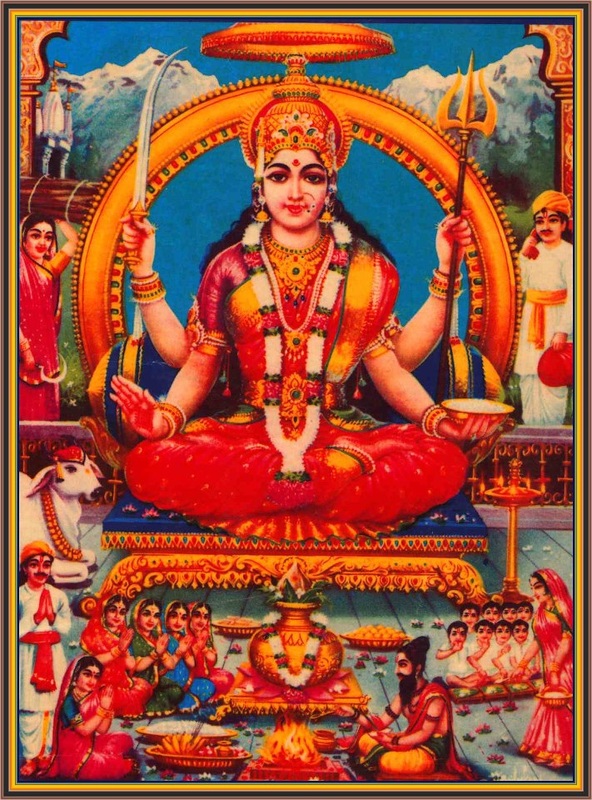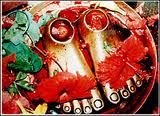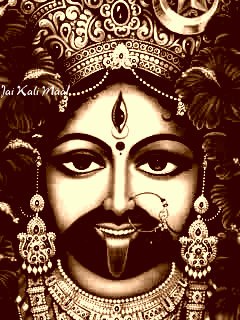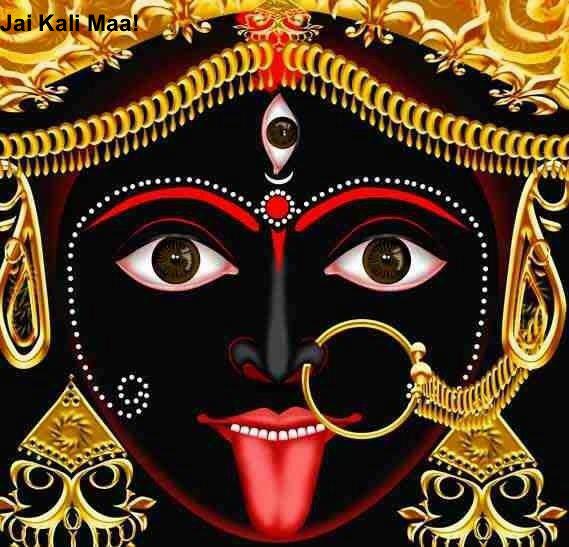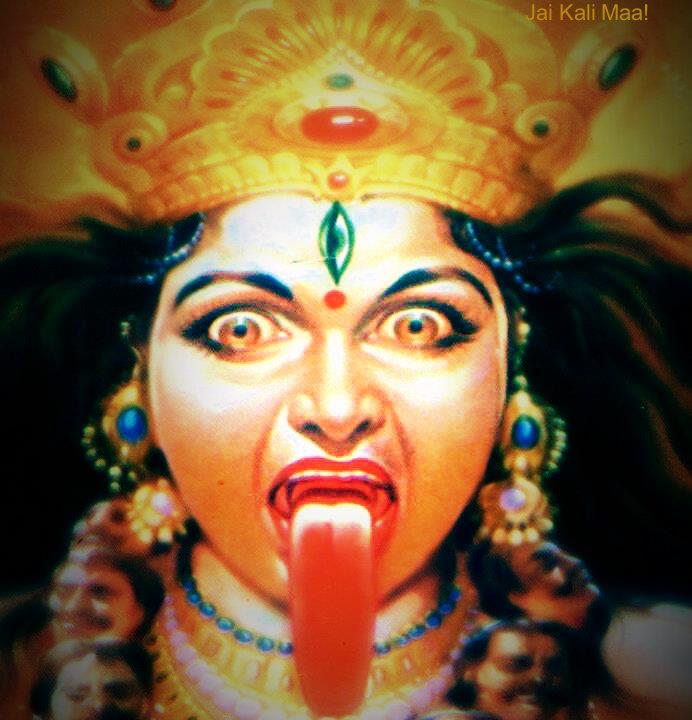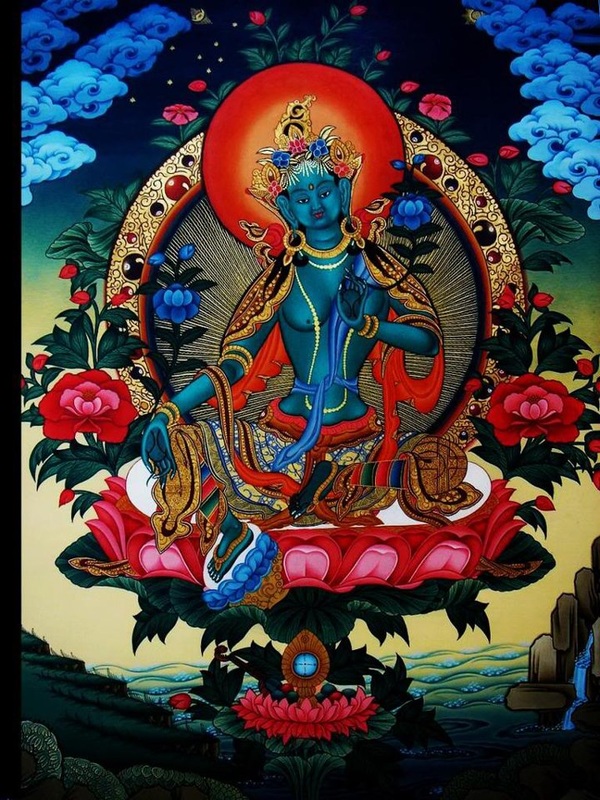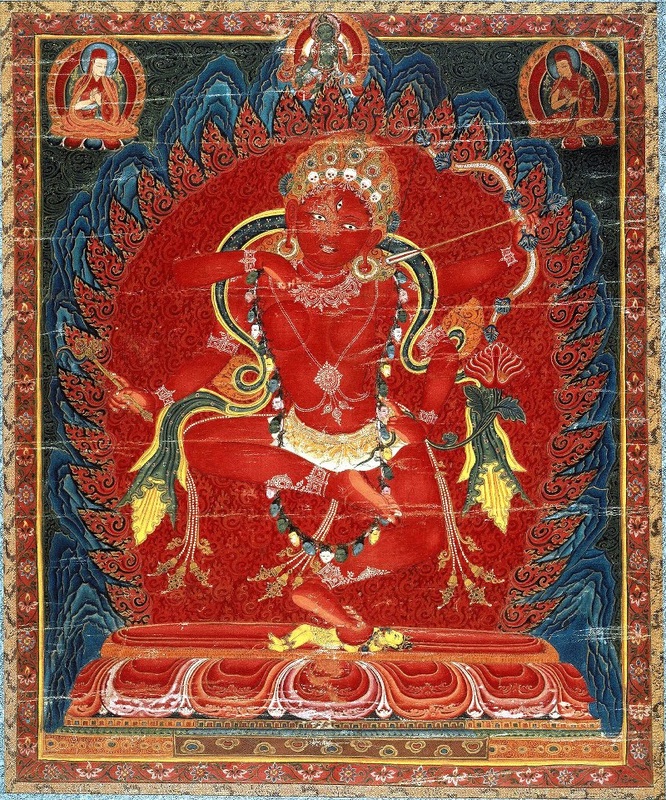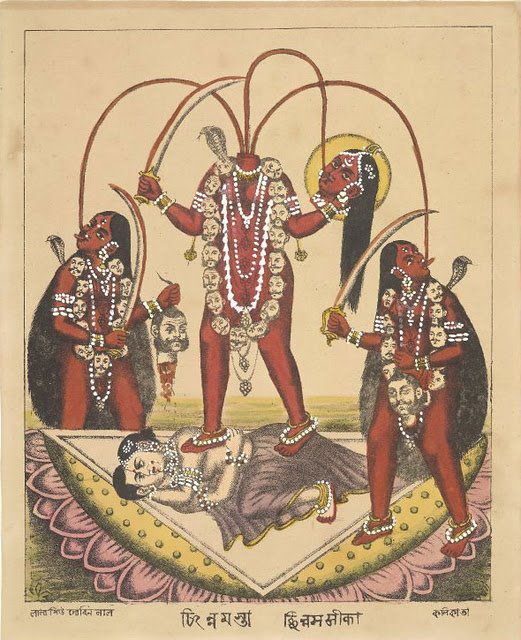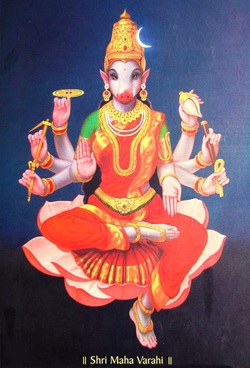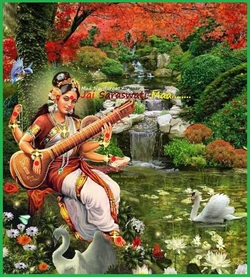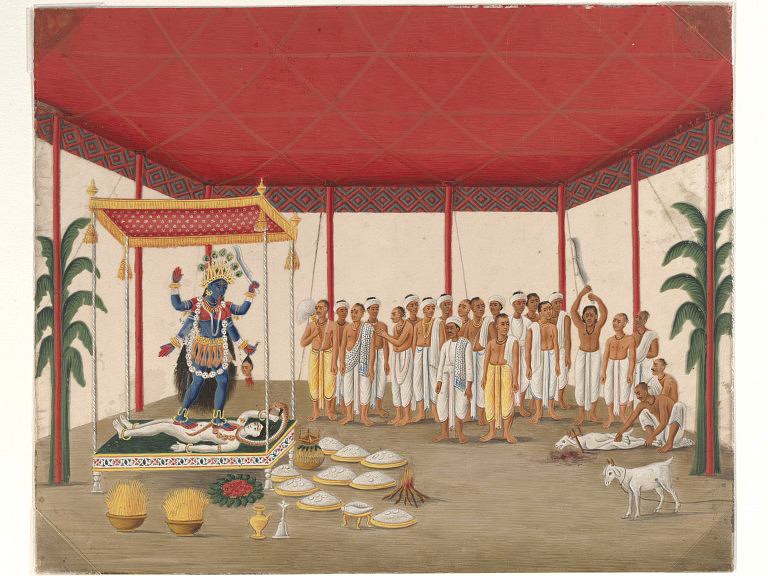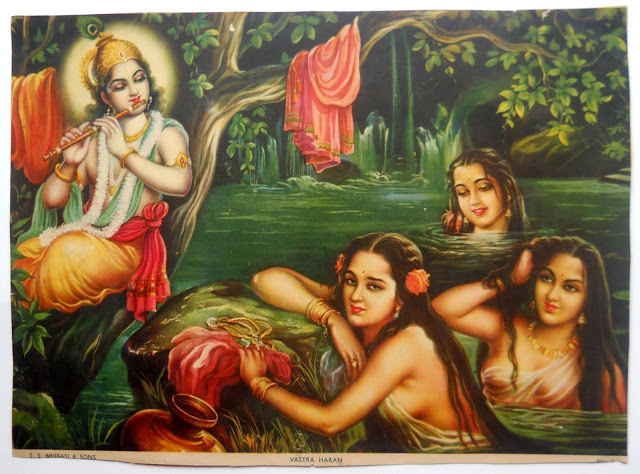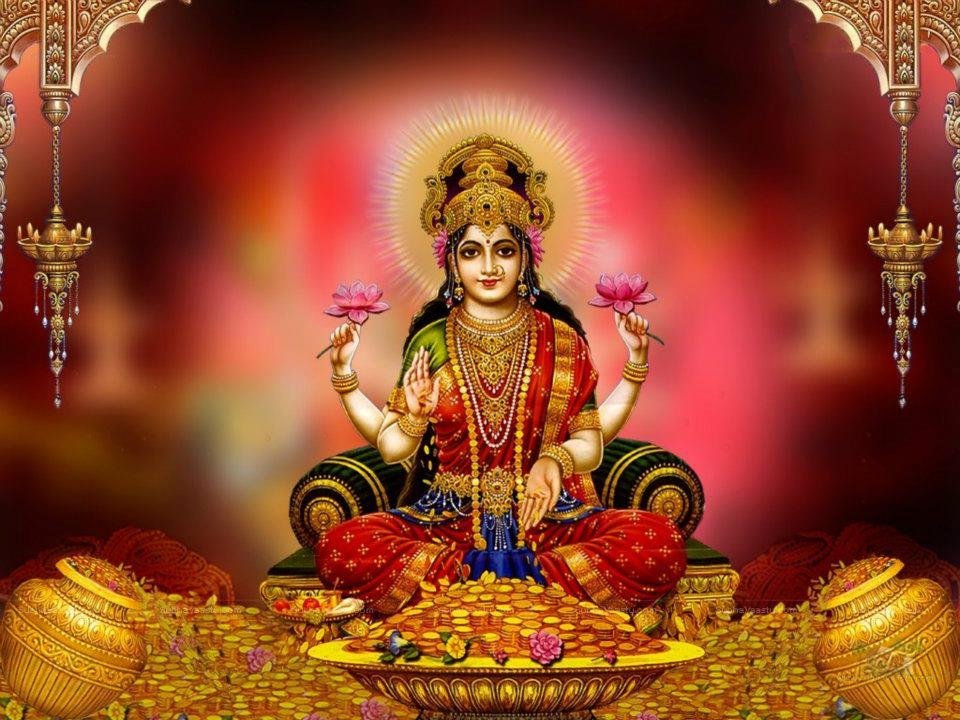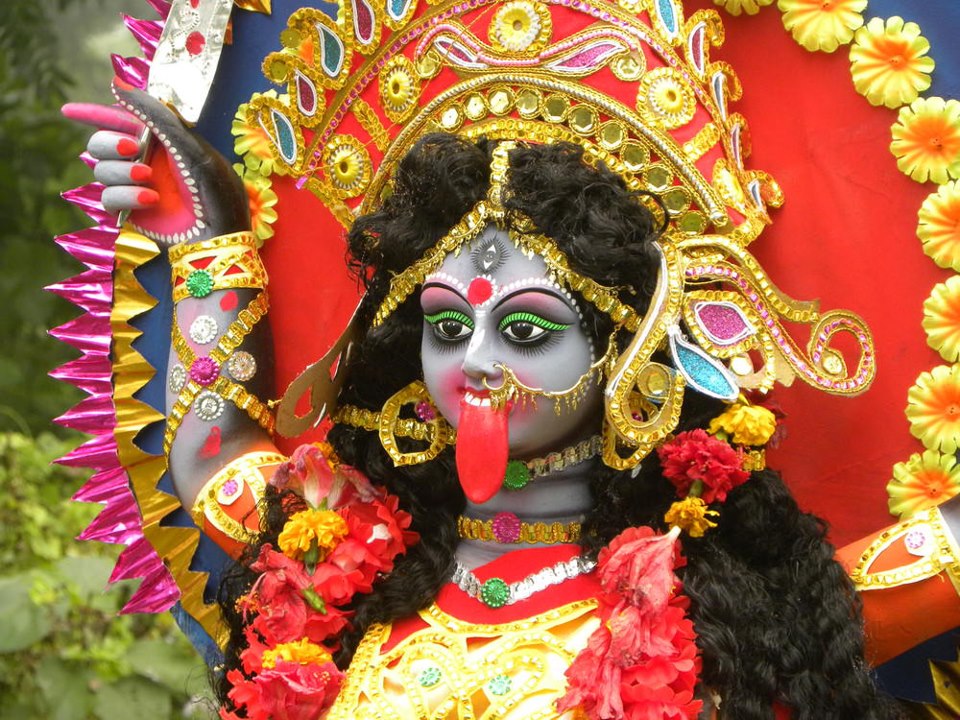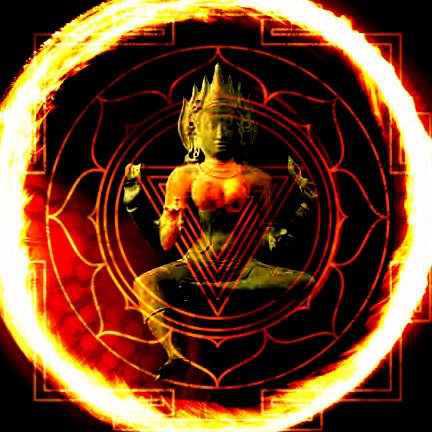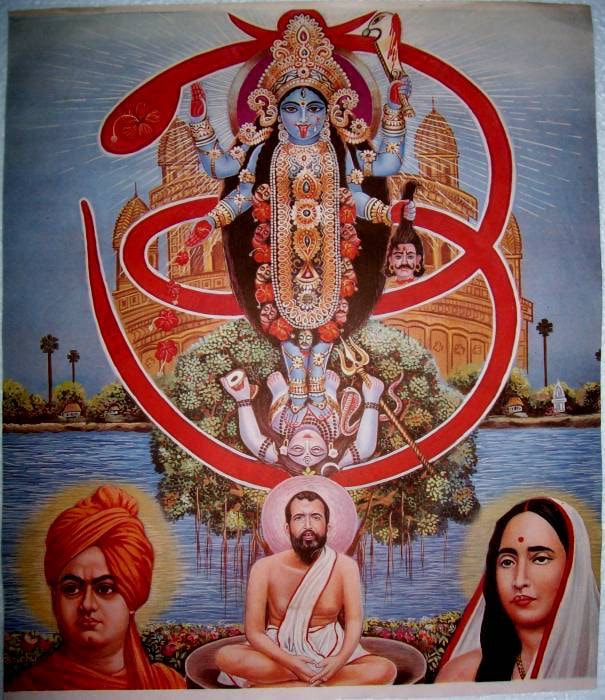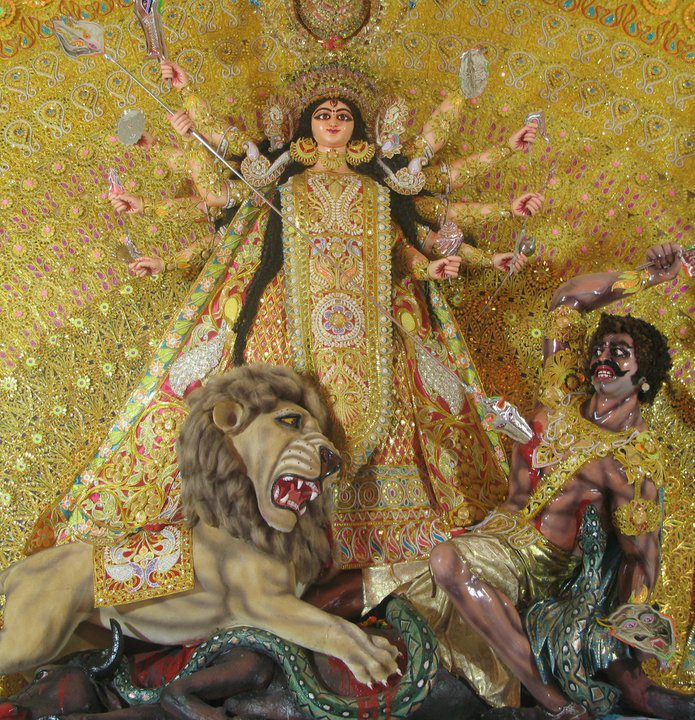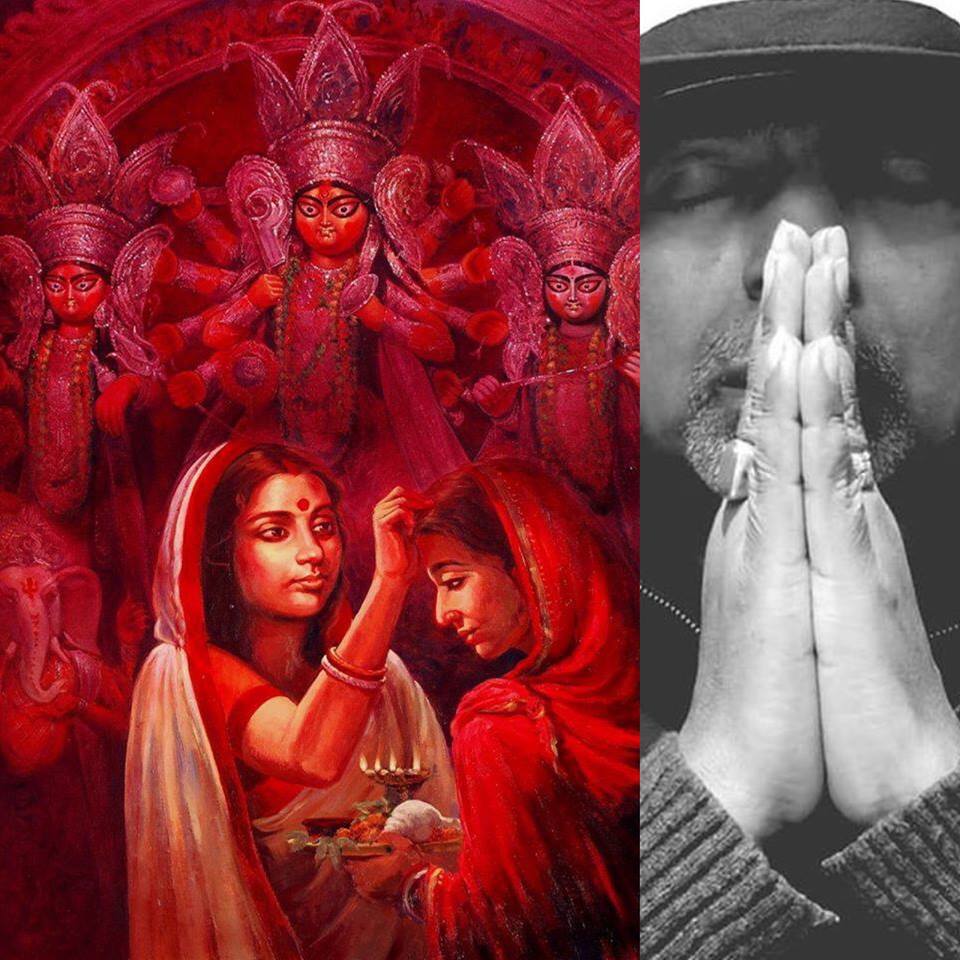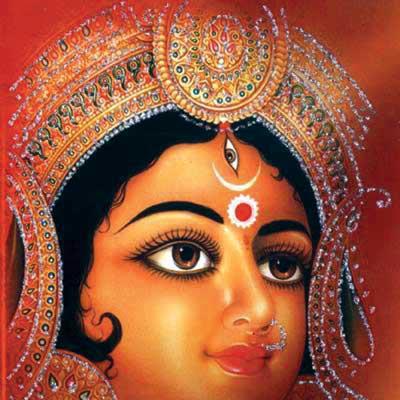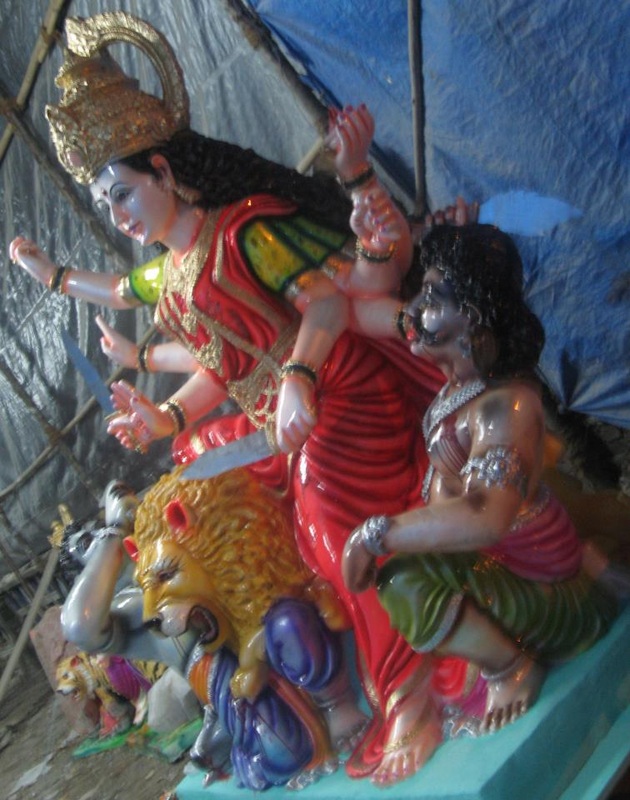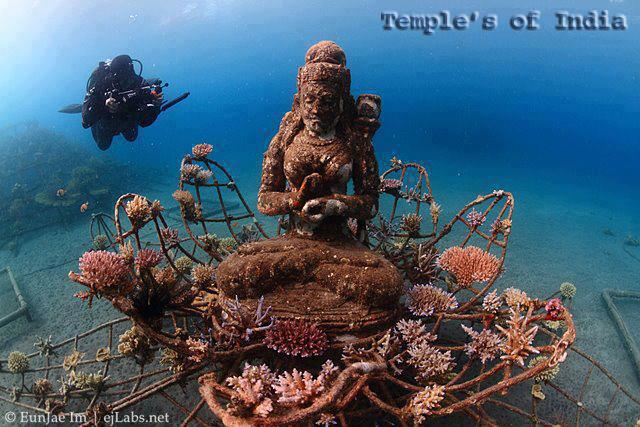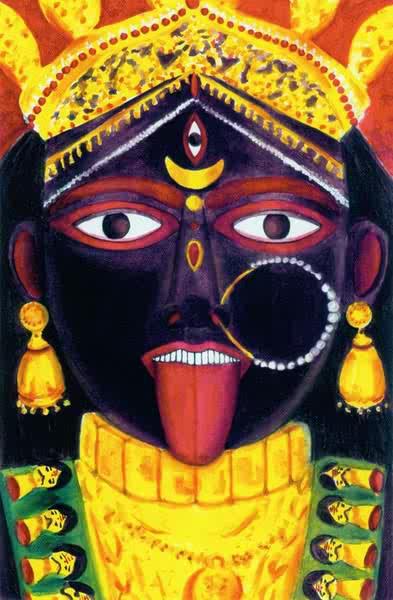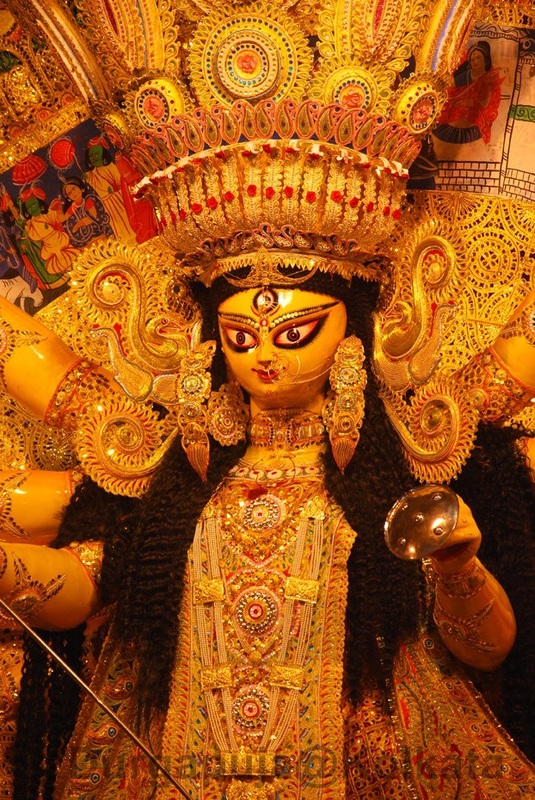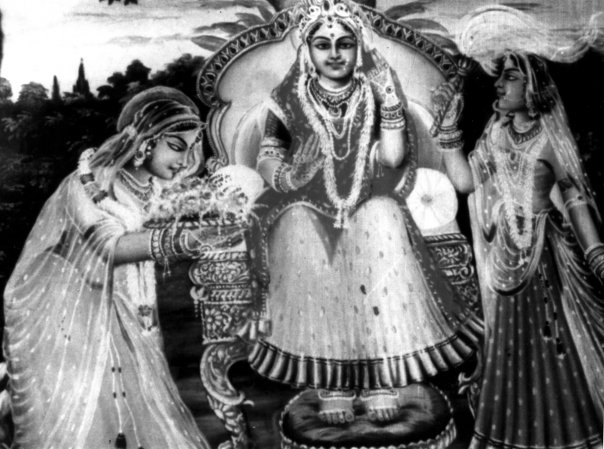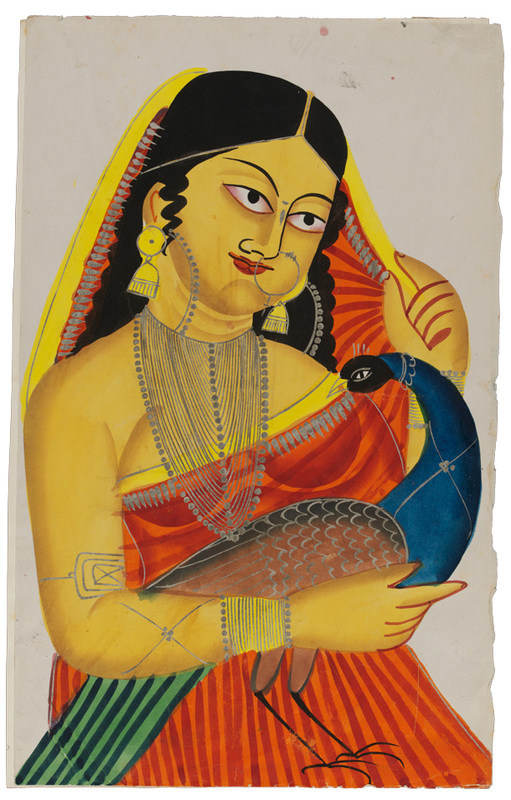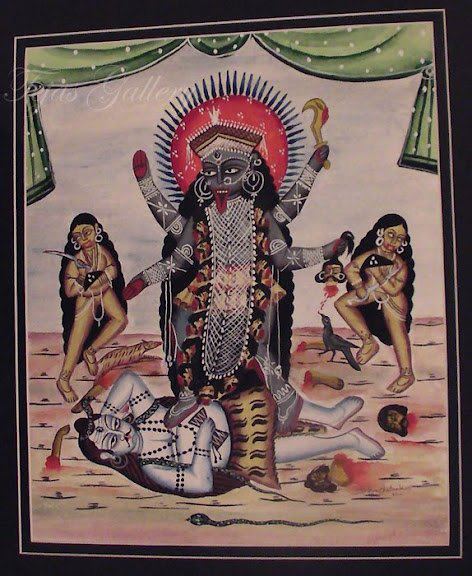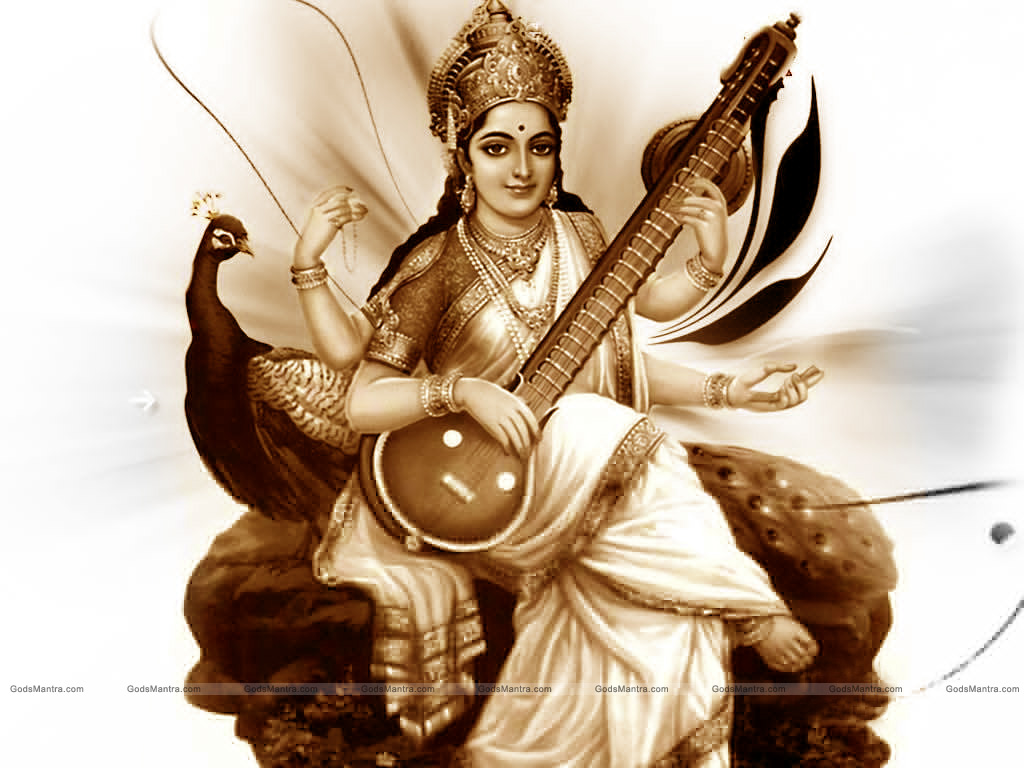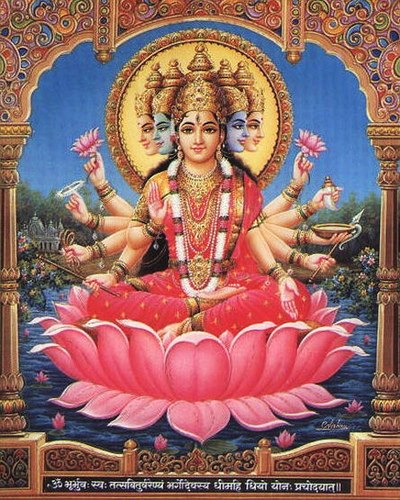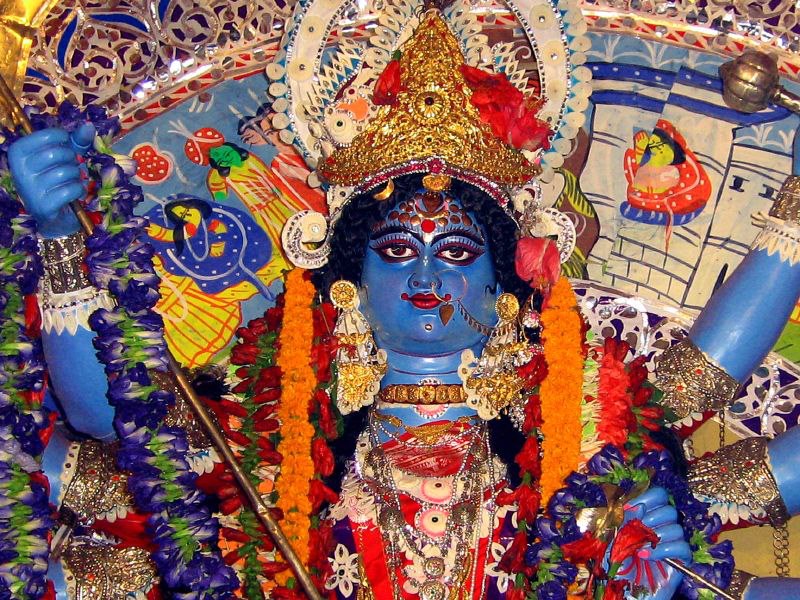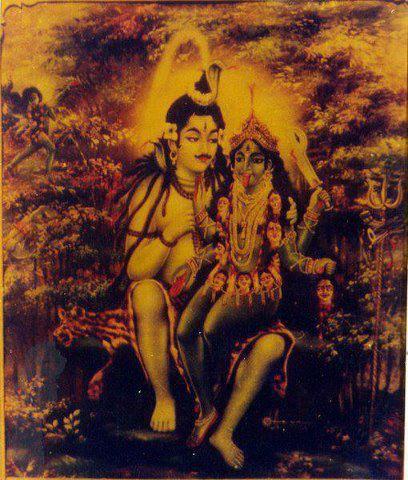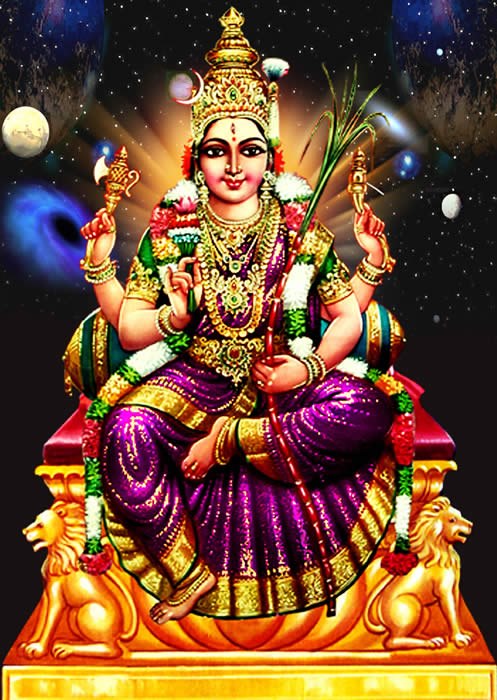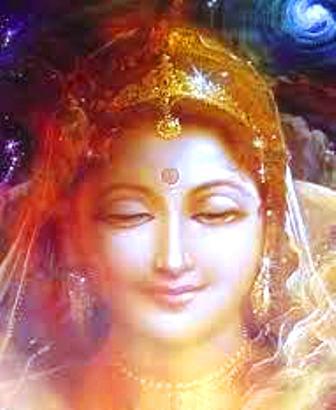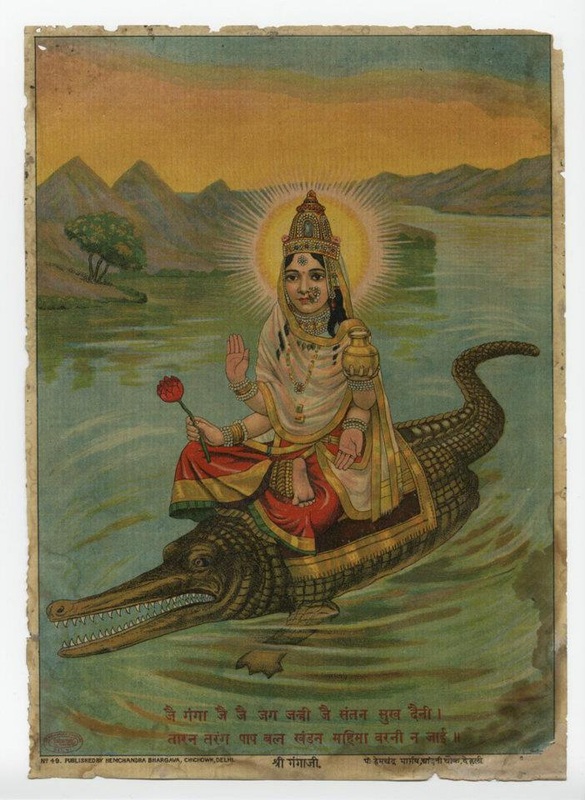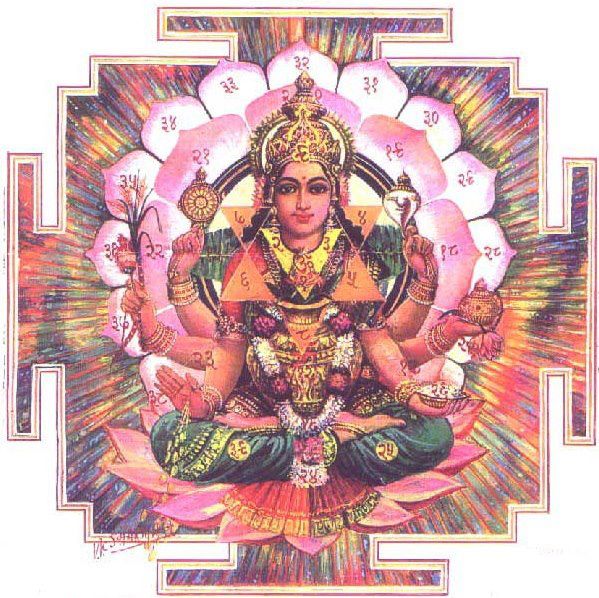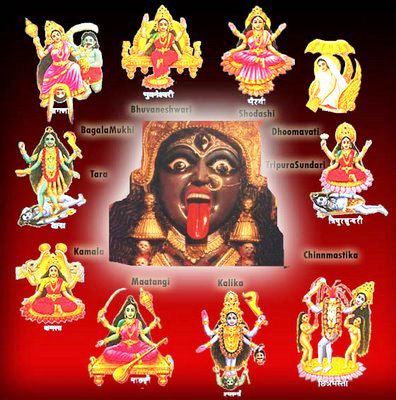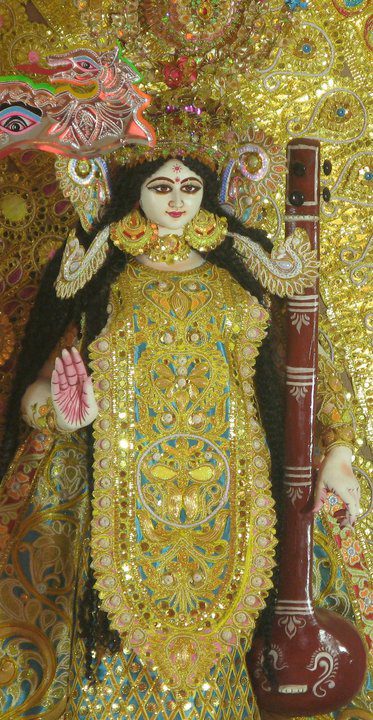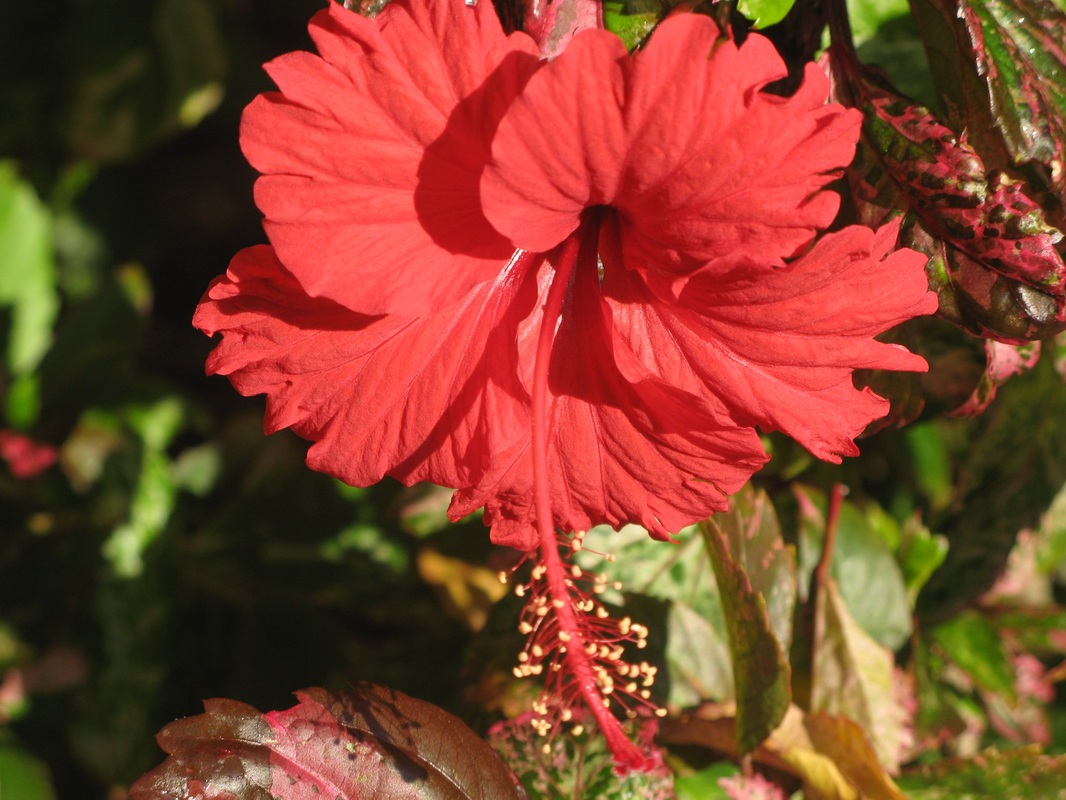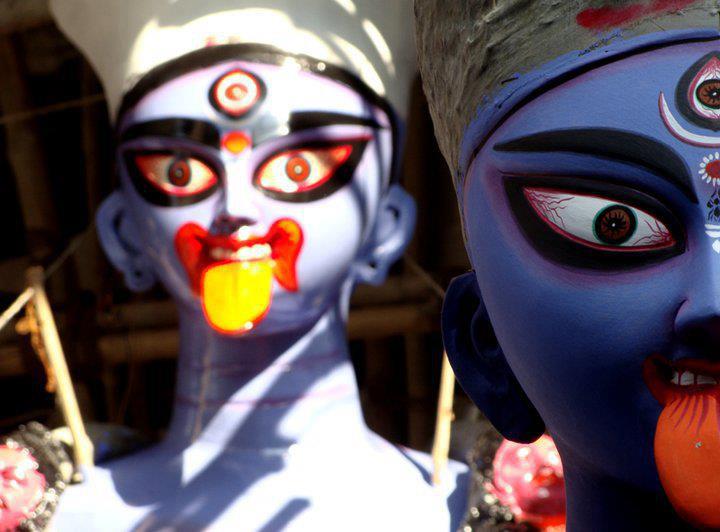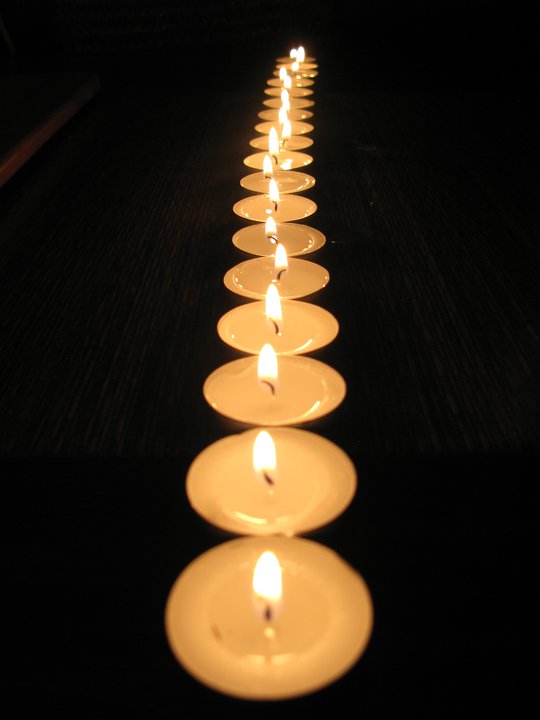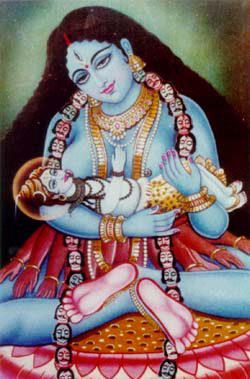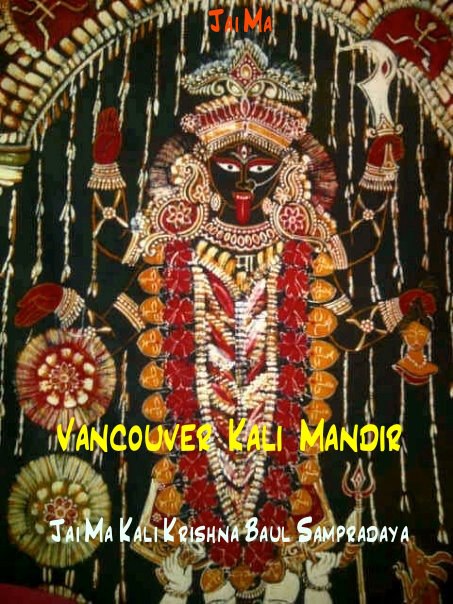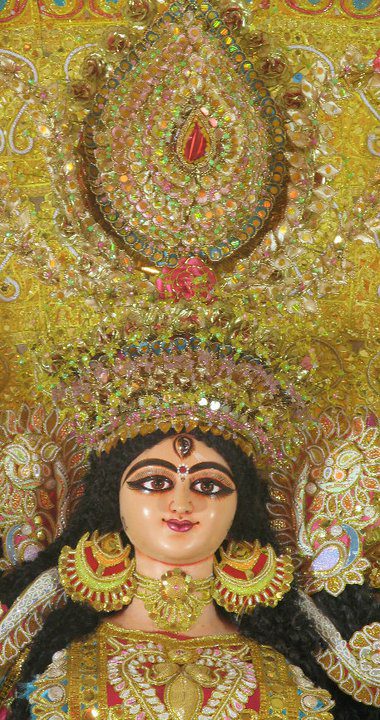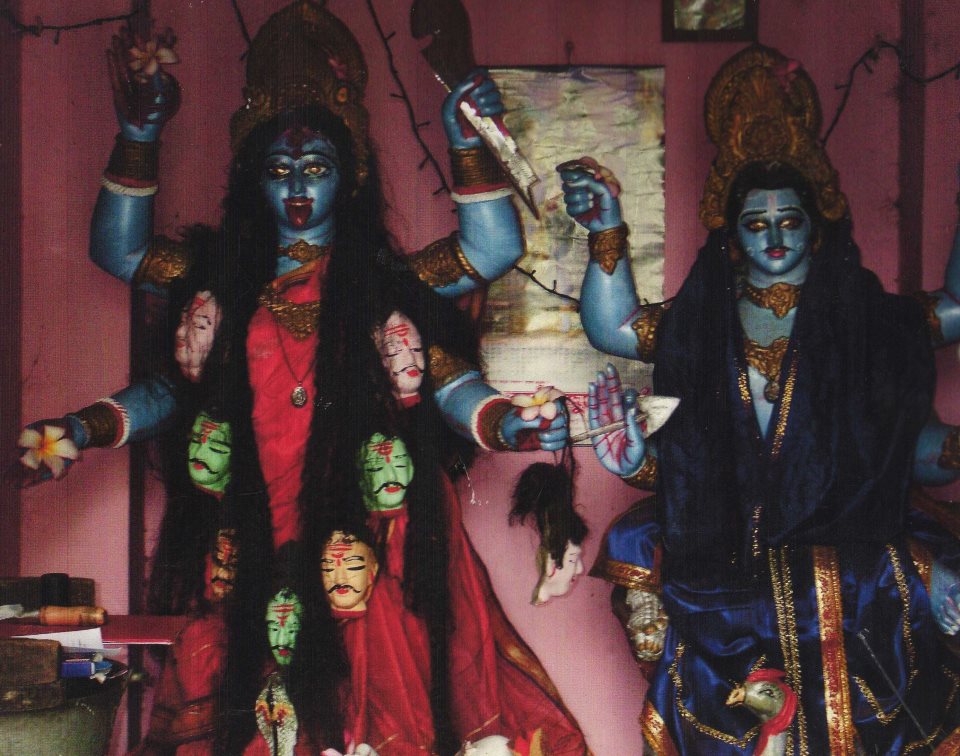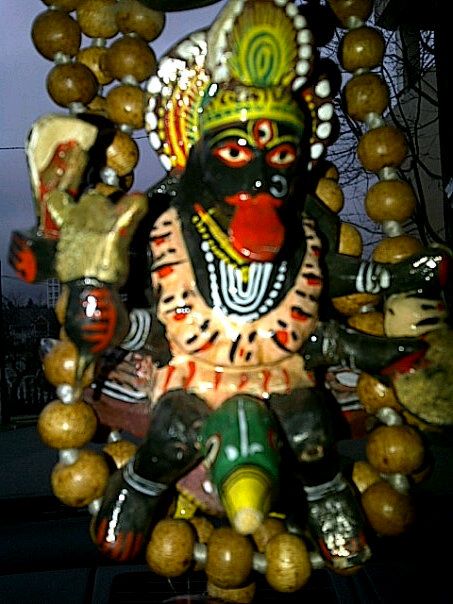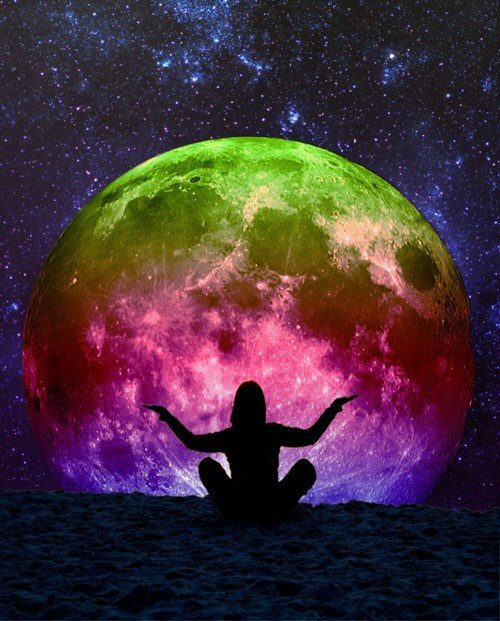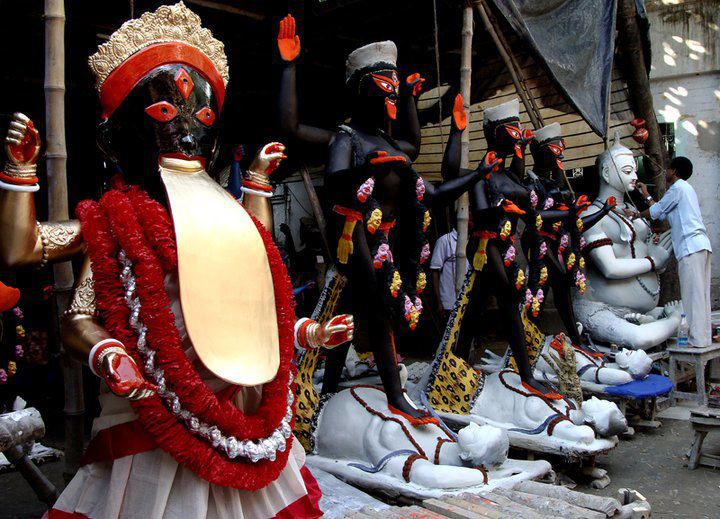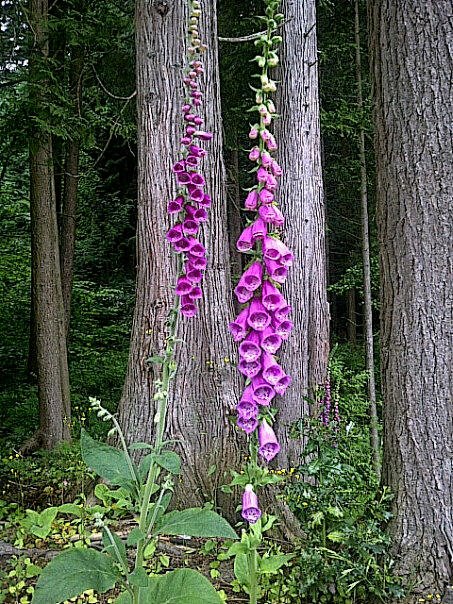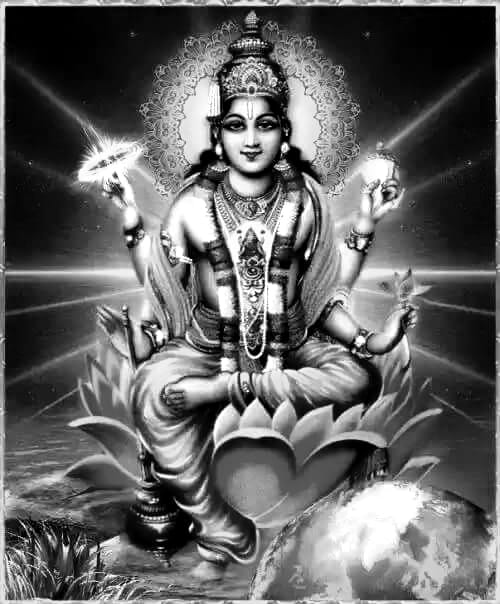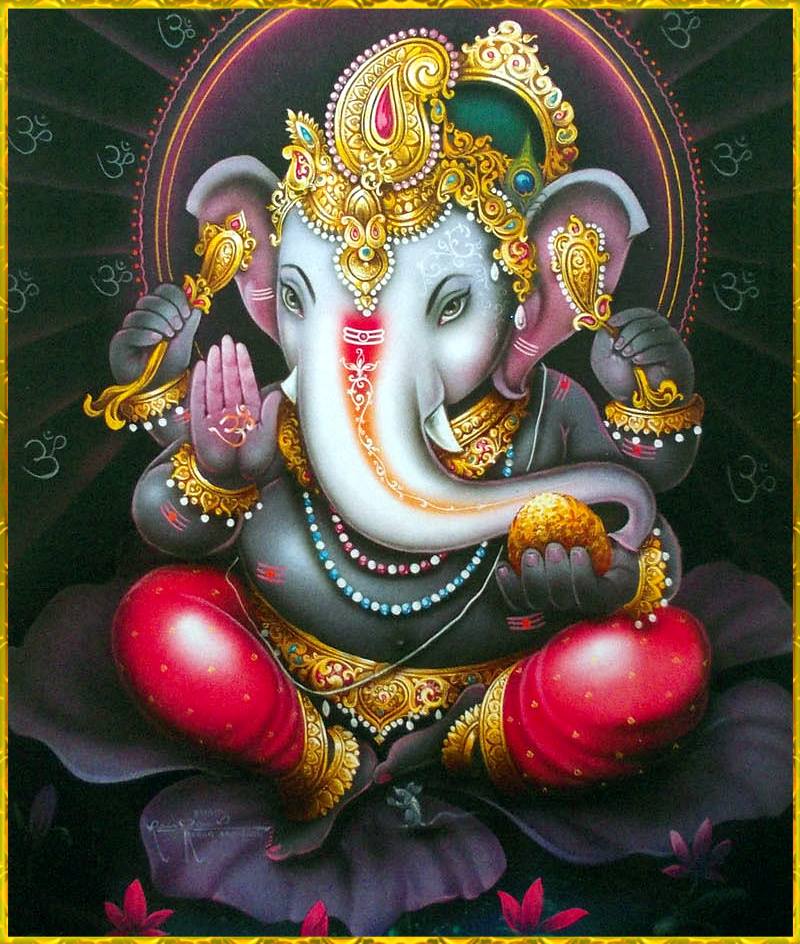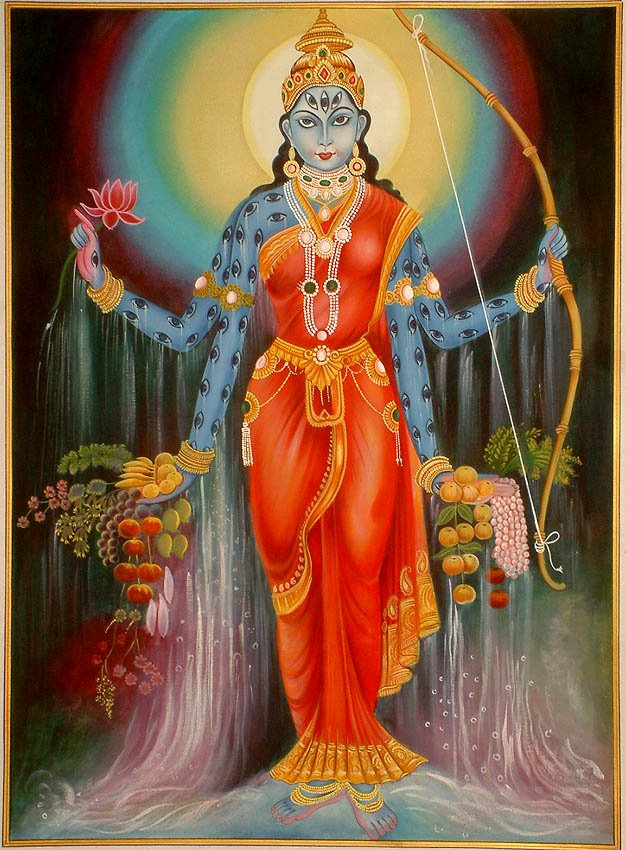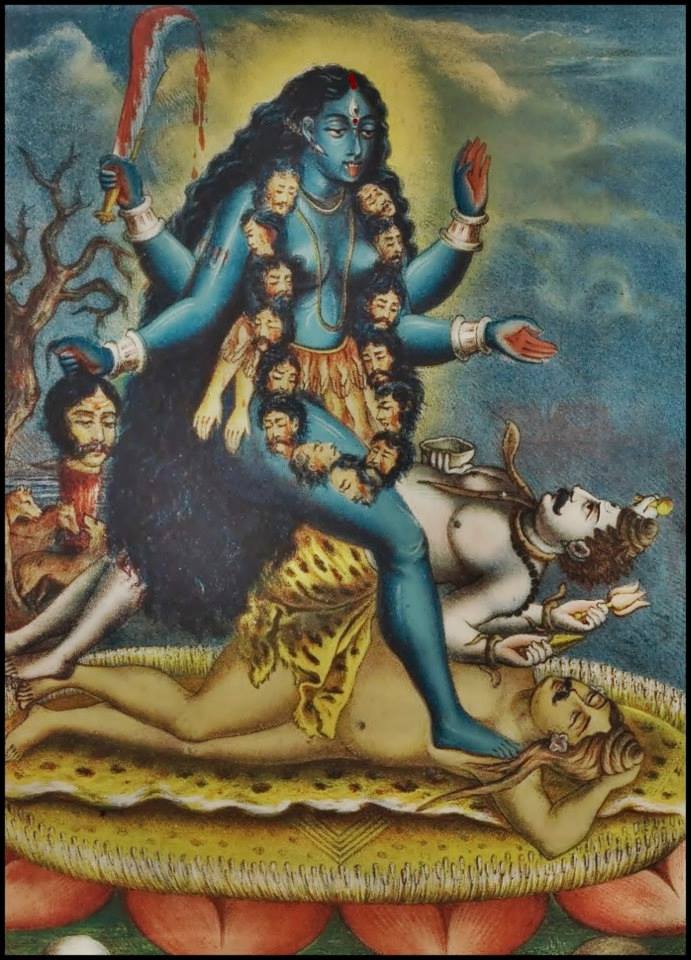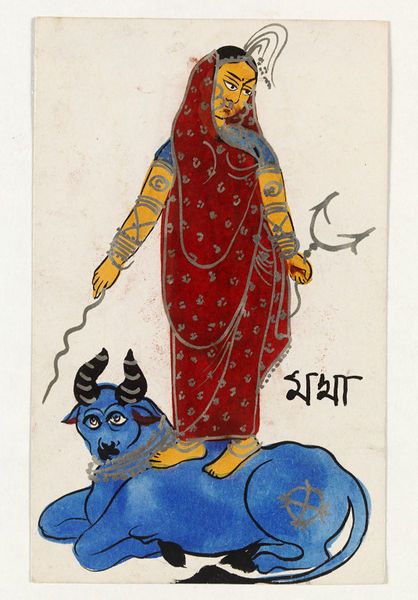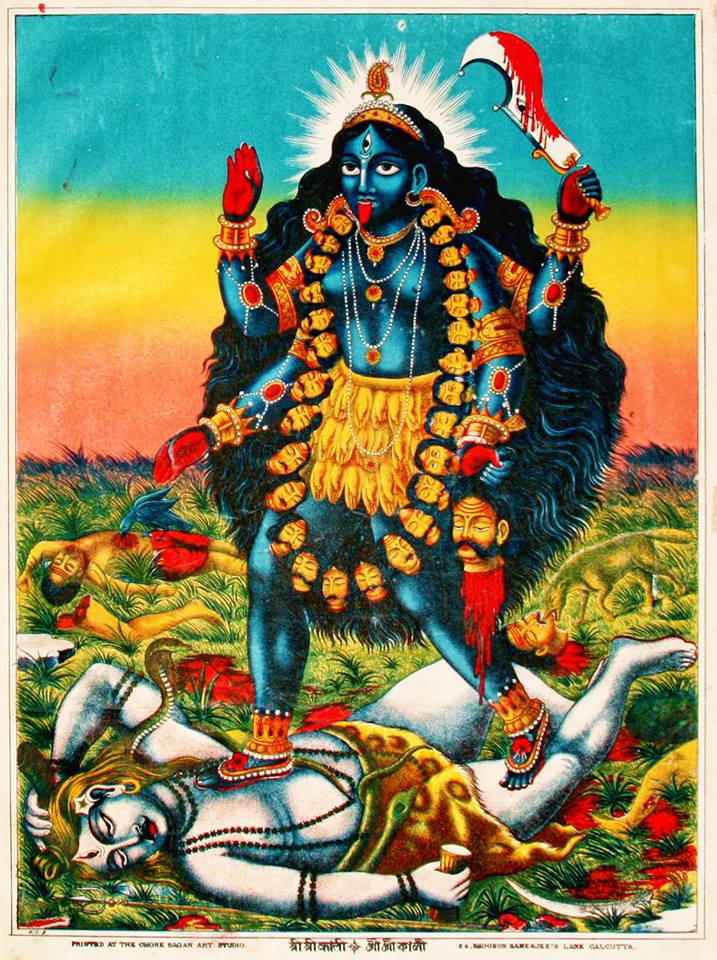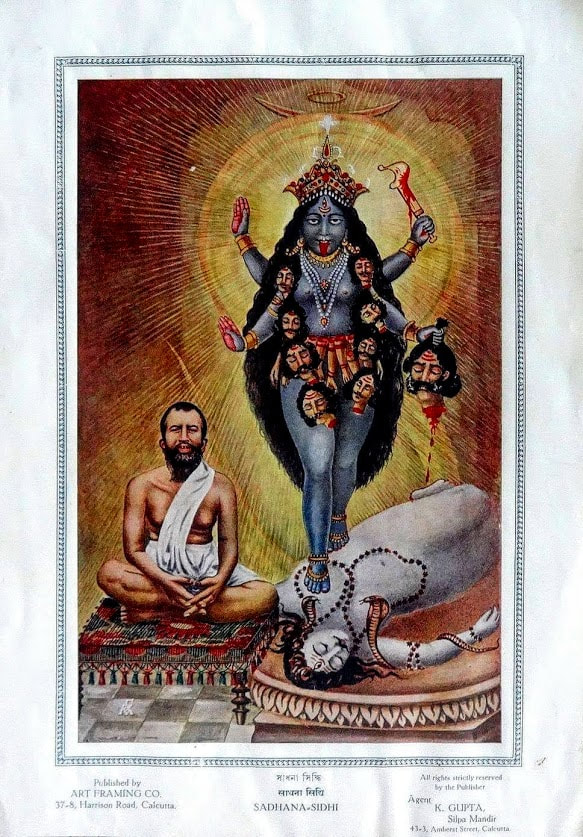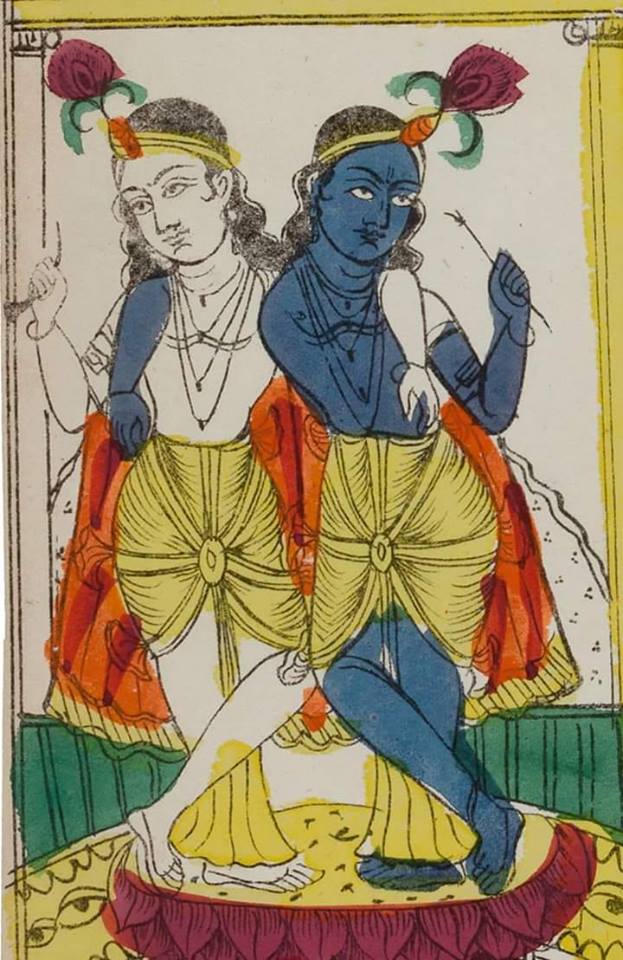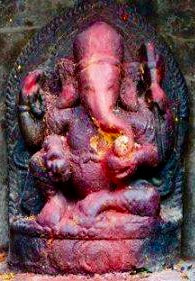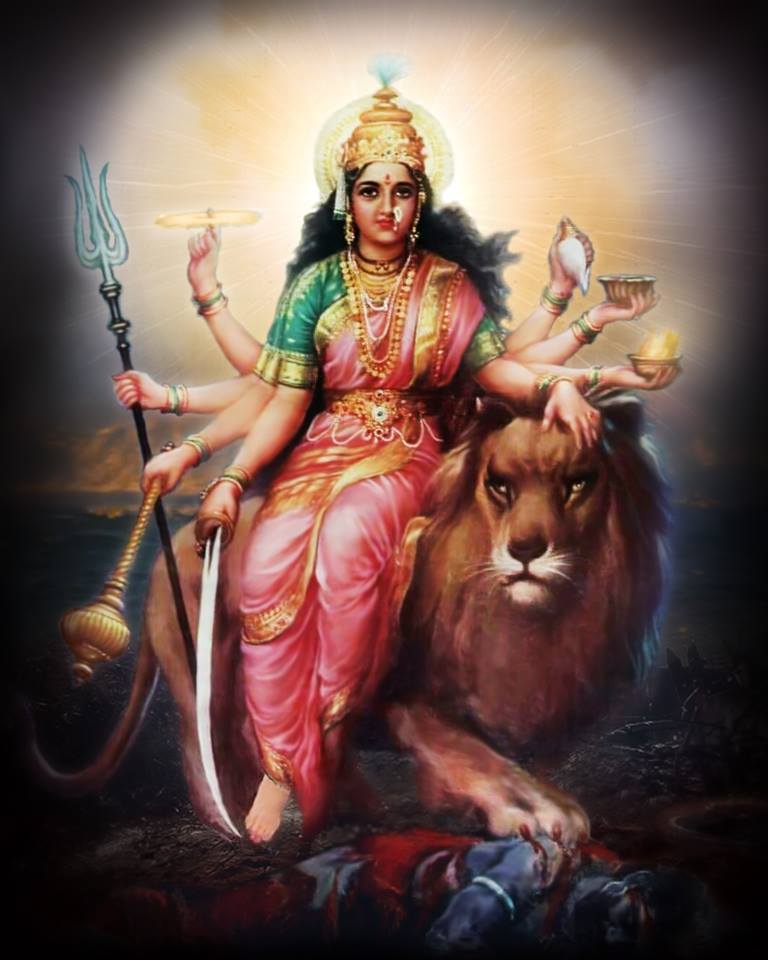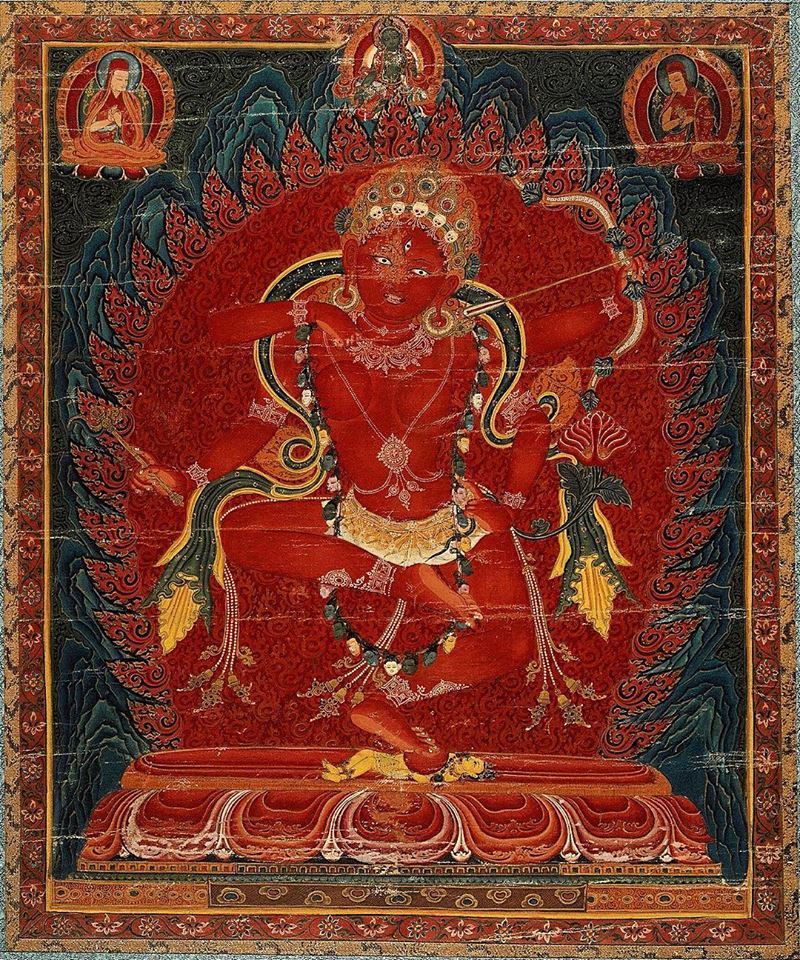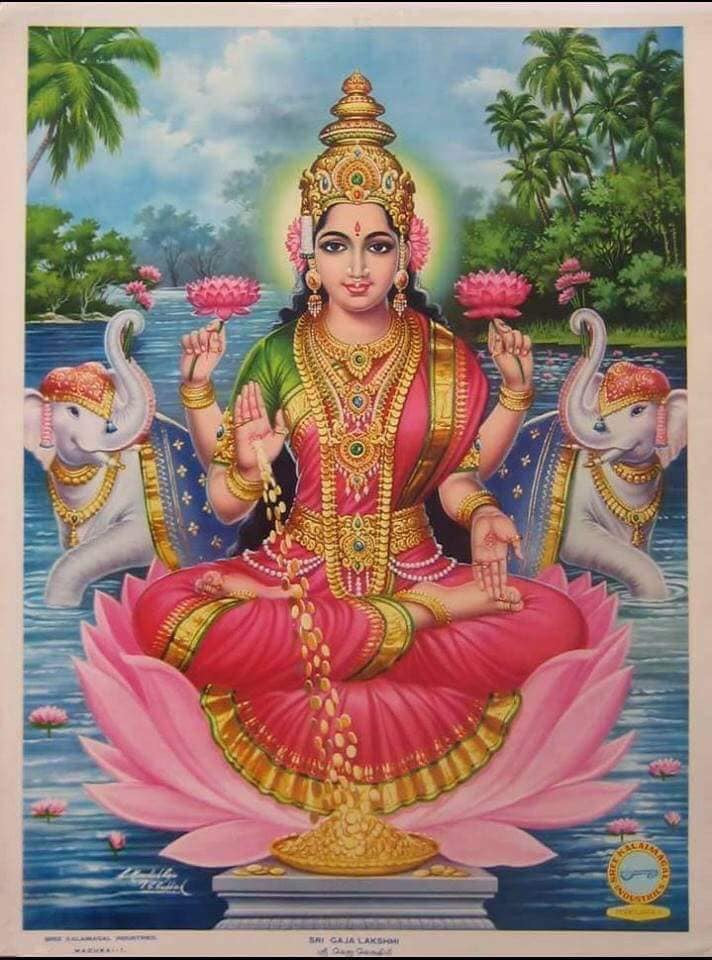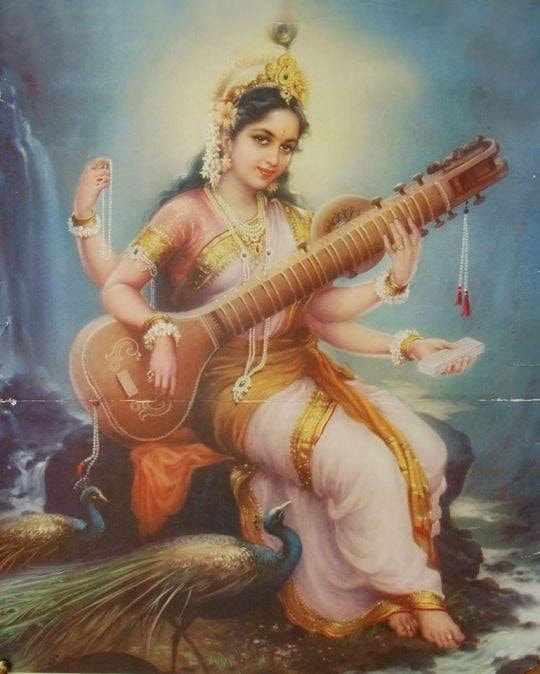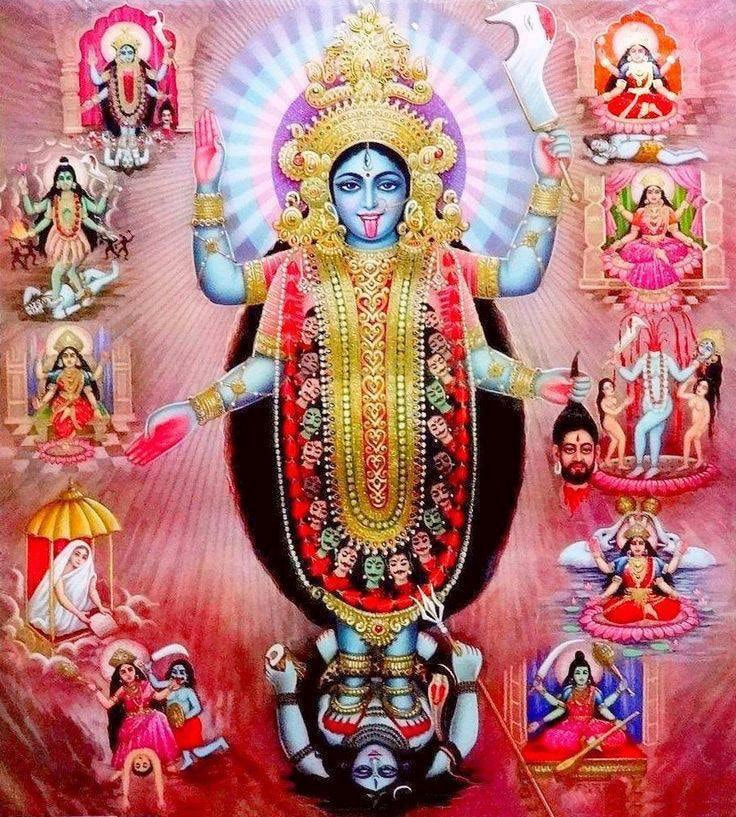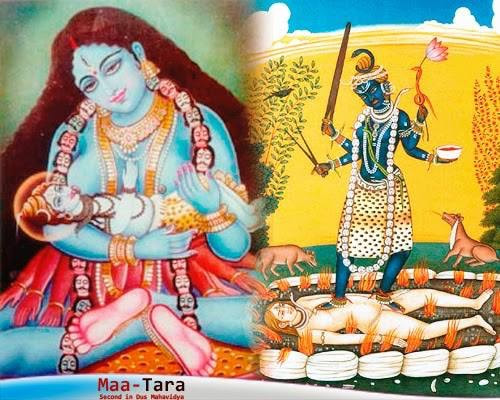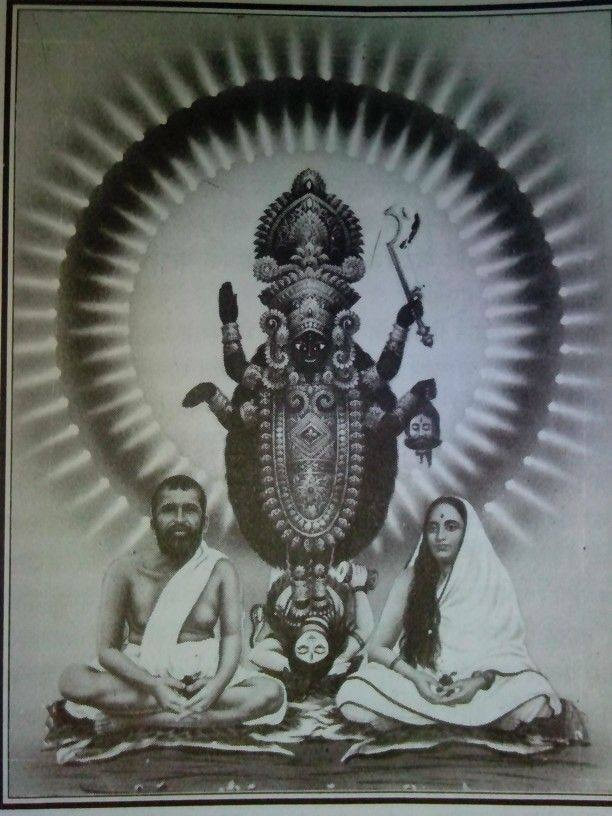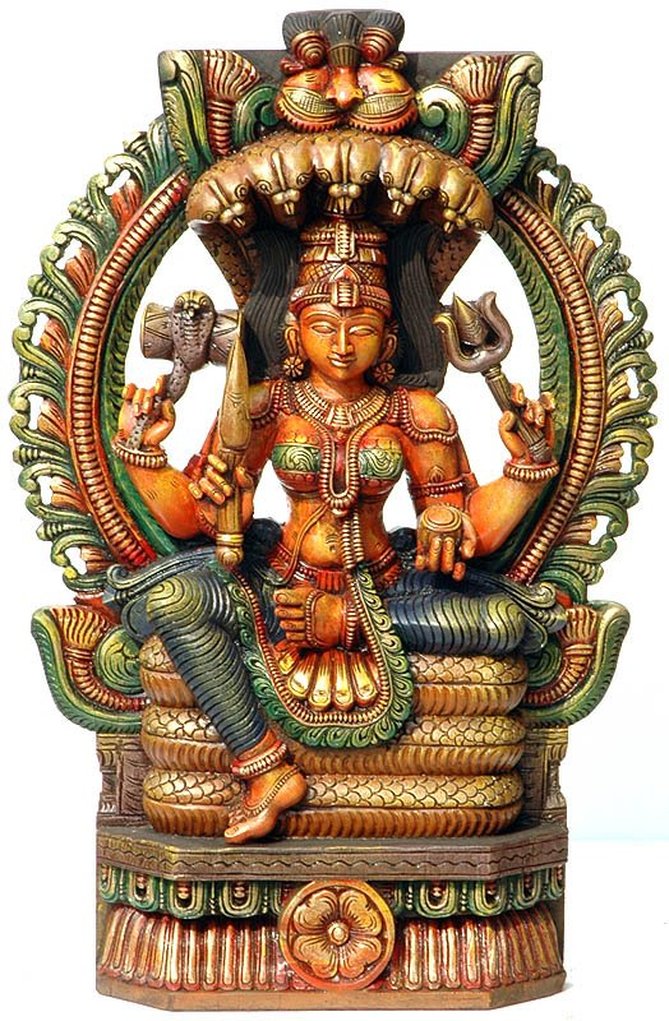
GODDESS MARIAMMAN: Suffering mothers and betrayed wives get told in the mythology of the Dravidian Goddess Mariamman of South India. Also known as Amman, she is women centred. Both Goddess Draupadi and Mariamman contain stories of women, both divine and human, violated, exploited and betrayed by men. But their courage and purity brought them vindication against males whose behaviour threatened their person.
Their unique form of worship was overlooked or even dismissed by male dominated spiritual scholars. They were reduced to being grama devatas or village deities . ‘Mari’ in Tamil means rain. It can also mean ‘change’ as in status as her beautiful beauty faded away and replaced by pox. Thus she is referred to as Mariyayee or Aathaa. Aathaa means mother or even grandmother. She symbolises sacrifice, motherhood, abundant wealth and good health.
Goddess Mariamman is depicted with a reddish hue to her skin in both her terrifying or pleasing nature. She is shown with fangs and wild mane of hair but pictures as a beautiful young woman with red-hued face. She is commonly dressed in red but also takes dashing bright colors. She is portrayed with many arms representing her many powers. Mariamman has a sitting or standing position holding a trisula in one hand and kapala in another. She displays a abhaya mudra to ward off fear and protection of her devotees and also holds a damara. These have shades of Lord Siva.
There are several mythologies surrounding Mariamman. According to one, she is the sister of Maha Vishnu and known as Mahamaya. She is worshipped as Samayapuram mariamman. Another states that she is Renukadevi, mother of Parasurama. Mariamman is also Sitala Devi, the Goddess who eradicated small pox. The popular mythology is her being Durgamma, daughter of a priest. She is allured into marriage by her dishonest husband. One day he expressed desire to consume the tongue of a cow. Durgamma realises that husband was a Brahmin in disguise. In her fury, she transformed into a Goddess, picked up a sickle and cut off the head of the imposter. That started off a betrayed wife cult.
The other popular myth is as a smallpox victim begging from house to house while fanning herself with neem leaves to keep flies off her sores. Neem leaves, with their anti-biotic qualities to this day are hung above the doors when a household member is affected with pox. The Tamil word ‘muthu’ has two meanings: pearls of rain droplets and the small forms of small-pox boils. Amman worship is said to have started for both the disease and prosperous rain.
Sometimes when there is no deity or image, Goddess Mariamman is symbolised by a brass pot or earthenware of water decorated with neem leaves. In fact in many places, She does not have buildings but represented in nature. She renders herself in simplicity when represented only by a stone planted in the ground symbolizing her Head. Sometimes it is just impromptu earth make-up symbolising a face. Her body is represented by the entire village.
Goddess Mariamman is dominant in rural India particularly Tamil Nadu, Karnataka and Andhra Pradesh. There is a concept that the village where She resides belongs to the Goddess. In folk theology, She was there before the village was created. The village which is believed to be Her creation is deemed to be a complete cosmos and Mairamman is the divine central power. She is also popular among the Tamil speaking populace all over the world and is central to the rebirth of Tamil self-consciousness. The Tamil kadavul Murugan enjoys similar status and is linked to the great mother worship tradition. Mariamman worship points to evidence of the continuity of the Indus Valley Civilization and predominant female deities of Dravidian cultures. Goddess Mariamman, is probably one of the oldest existing manifestation of human worship. It is conceded with regret that there is an obvious discrepancy between respecting divine females and the reality of the Hindu women. Early Tamil and Telugu settlers took Mariamman worship to the colonies. Indeed Goddess Mariamman can be said to be more popular deity in the imported country.
Goddess Mariamman, being of rural popularity, appears to accommodate local populace as opposed to pan-Indian Brahmanical Goddesses. Hence we have village based Ammans with their uniqueness characterised by their functions.
When is approached for cough epidemic, she is Kokkalamma, Goddess of Coughs; if small pox then She Muthu Mariamman. Muthu Mariamman was also popularised by Kavi Subramnya Bharathiar through his poetry-song ‘Ulagathu Nayagiye, Enggal Muthu Mariamma’. It is to be pointed out that while Kali and Durga are considered to be of Brahmanical tradtion, it is a personal opinion, they too do not have Vedic roots but Purana based.
Just as any folk deity these Goddesses placed women’s experience at the centre stage. Goddess Mariamman, unlike Brahmanical goddesses is represented by natural features of Mother Earth. Concerned with local interest, She is Amman – Goddess is Mother who gave birth to all (villagers) who are sustained by her body, the earth. She is worshipped for fertility of earth animals and humans, prosperity in the form of rain, good crops, protection from natural calamities, even ghosts and demons. When there are unkind spirits on the move, then it is deemed that worship to her is wanting.
Amman reminds one of the inherent ambiguities of life like the uncertain forces of nature which uphold the stability of life and social order. Mother ascertains this despite her arousal, anger, ferocity, destruction and general lack of predictability. Surely, having been betrayed, one cannot expect a consort. Mariamman does not share male partners and sexual dependence like that of Lakshmi, Saraswathi and Parvathi.
She stands undominated as Her own Person, not as a ex-wife but as sexually inactive person. Of note are also Goddess Kali and Durga who expose similar sentiments of rejecting sexual advances of male suitors who attempt to dominate them but on the other hand express anger and revenge by waging battle.
When ceremonies explore sacrifice, then surely it is a cockerel or male goat as this is linked to the mythological theme of anger of the Goddess suggesting feminine malice. Are devotees aroused by injustice done to Her by males? Probably so. This mythological aspect is reflected in village dramas known as ‘Terukkuttu’.
Notwithstanding, Goddess tradition emphasise the immanence of the divine in the world in human affairs. Mariamman worship is practical; hence she does not call for the priestly caste but prayers are officiated by pujaris from any class. Thus they appealed to the common man and became more acceptable to the mainstream tradition.
Mariamman worship does not harp on Sanskrit hymns. She is happy with non-stotra lullaby known as Amman Thalaattu in common language according to the imaginative approach of the devotees. This is sometimes ad-hoc. The ritual fire walking ceremony, kavadi and carrying of the ‘hot-pot’ or theechatti are common in Amman worship. Theechati is also known as Agnichatti.
It is a semi-spherical mud pot colourfully painted. The inside is partially filled with rice husk and neem wood to make fire in the pot. Sacred oil is also added and lit with camphor. These are carried from a designated place to the prime temple along with the kavadi and milk pot or 'paal kudam' carriers. Traditional nadashwaram and melam add religious trance like melody.
Trance is common. It is believed by devotees than Amman does not fail anyone provided you go to Her with a wholesome heart of surrender. She already knows the devotees pleadings so one is comforted that the devotee does not need a middle-man pleader.
Yogi Ananda Saraswati
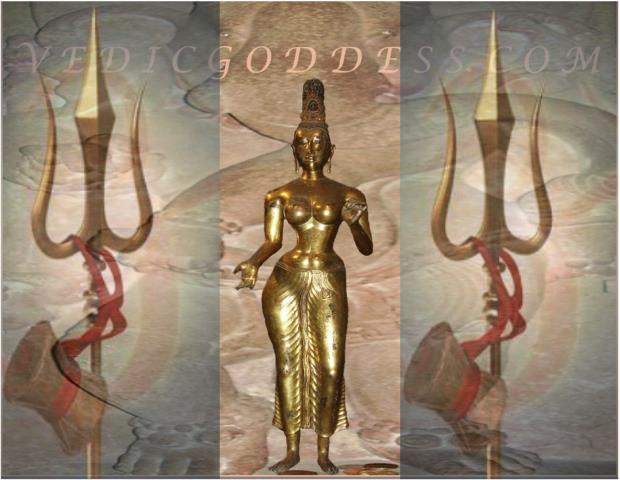
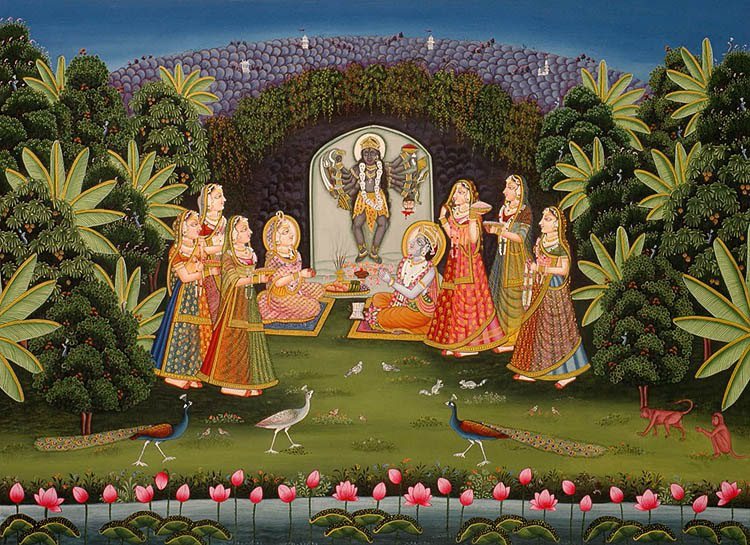

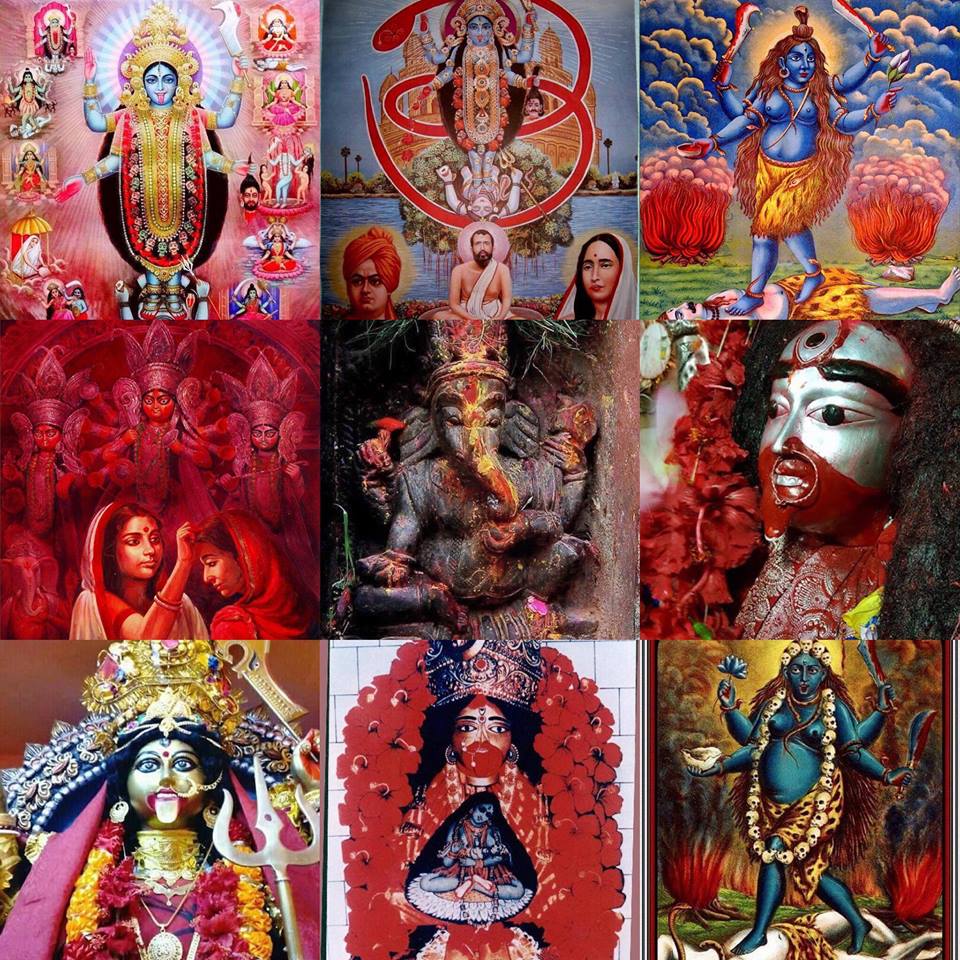
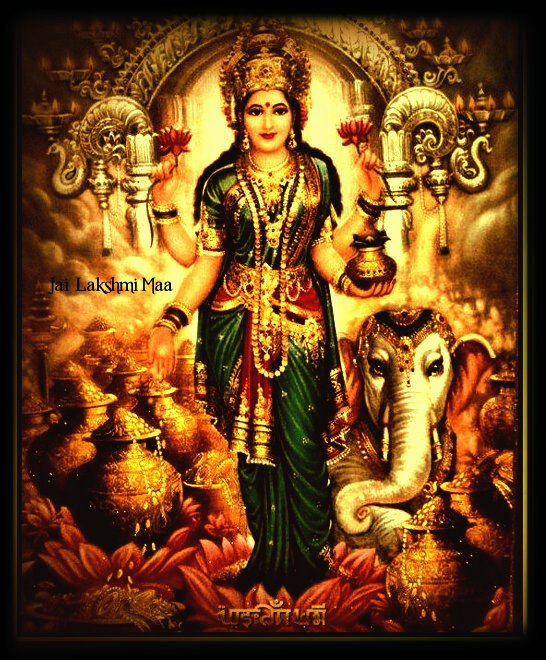
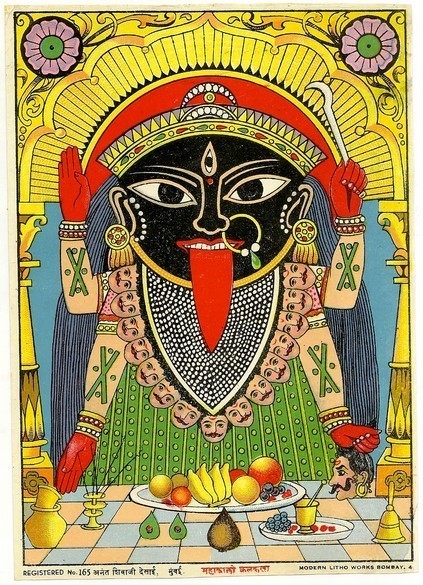
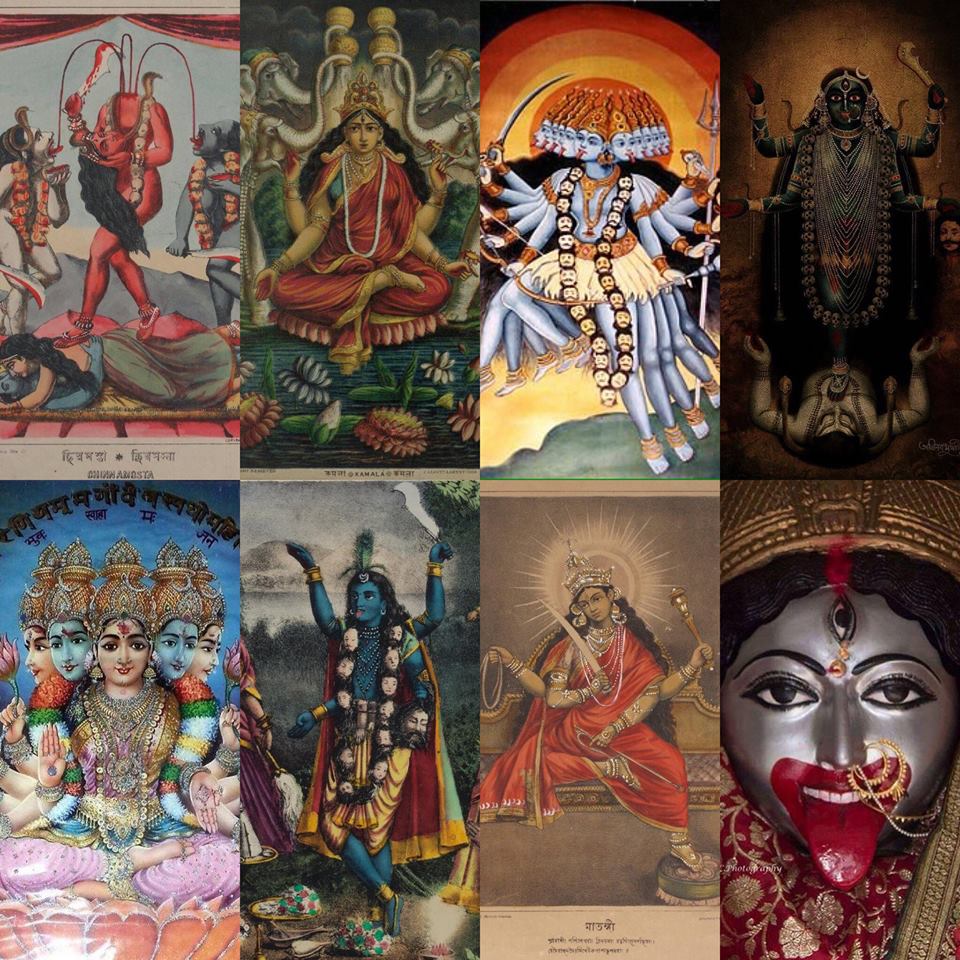
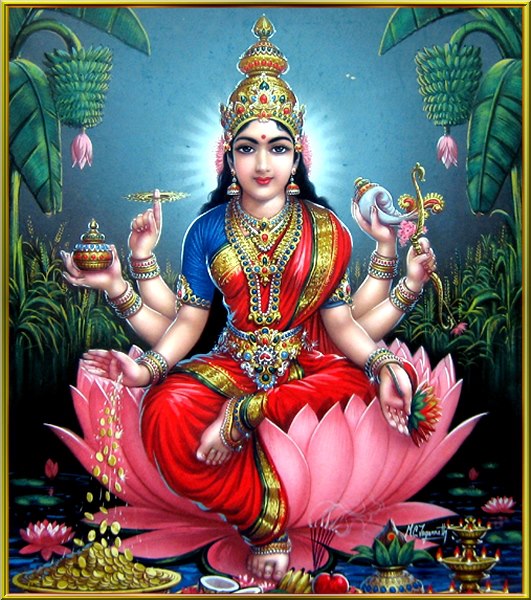
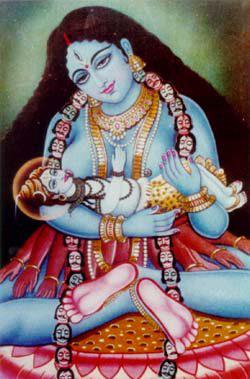
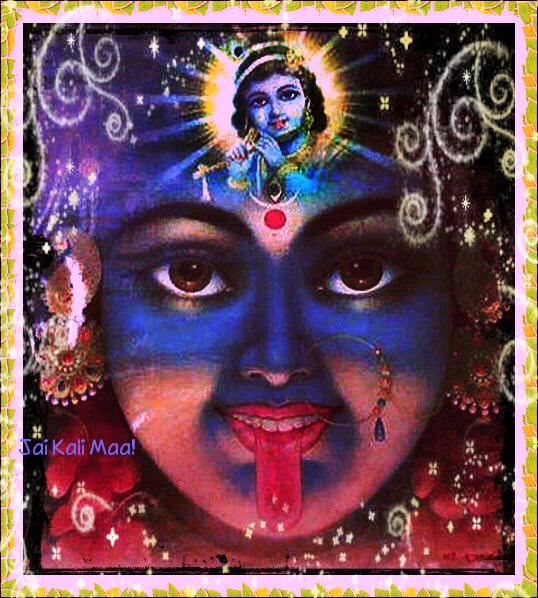
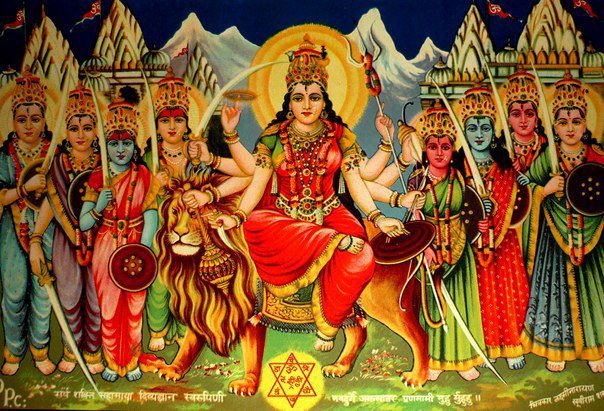
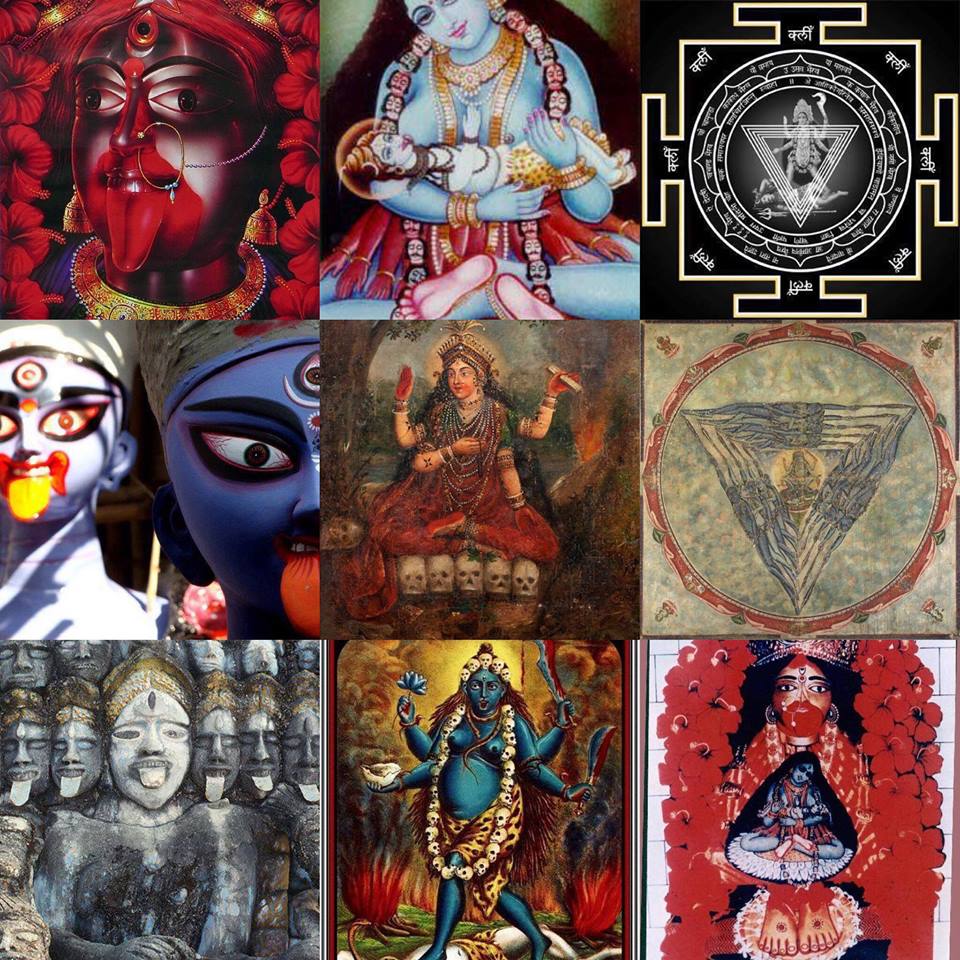
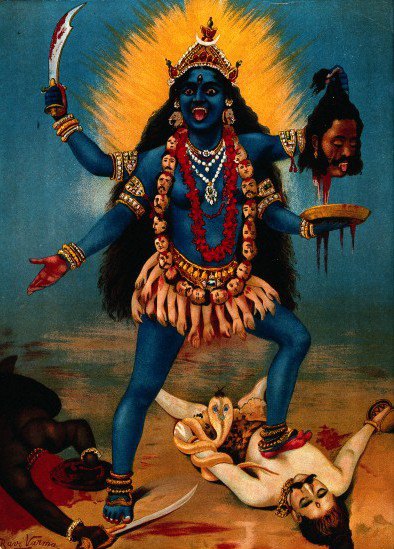
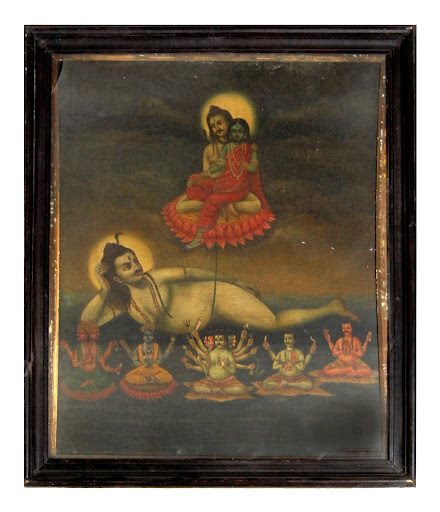
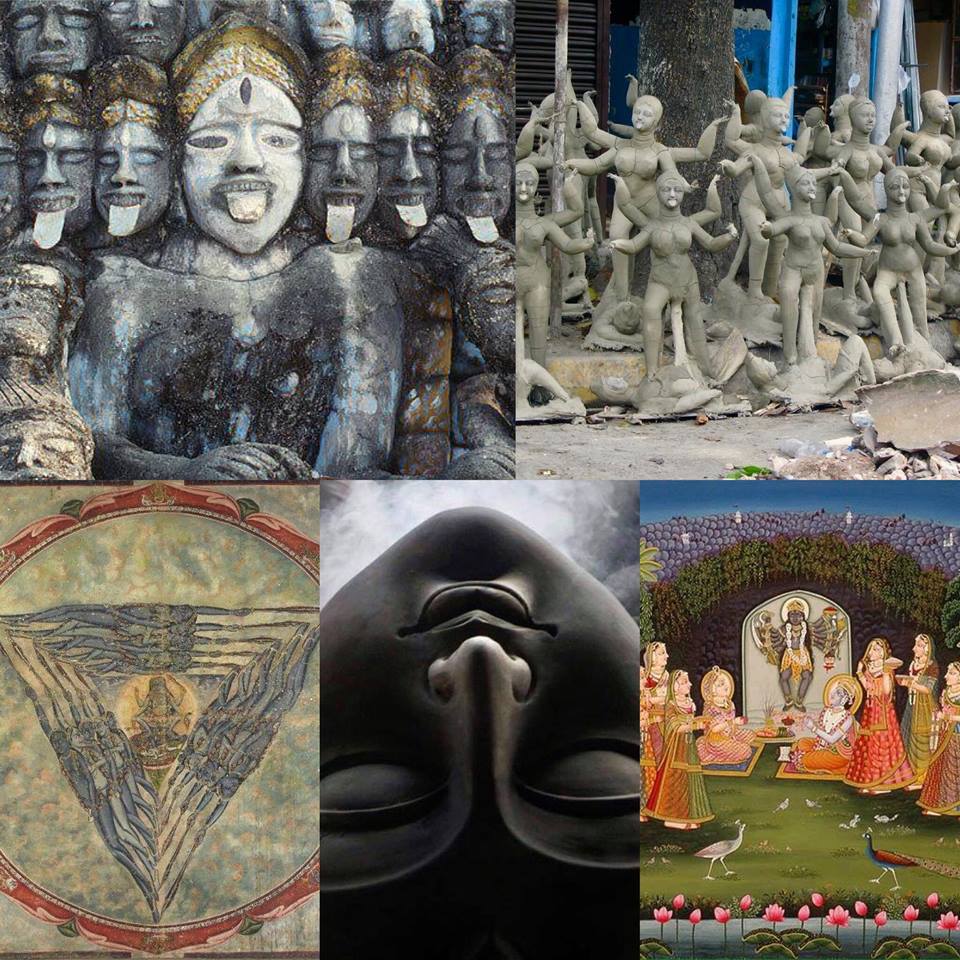
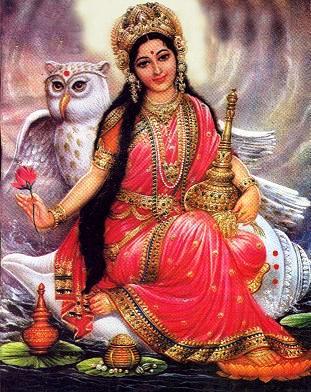
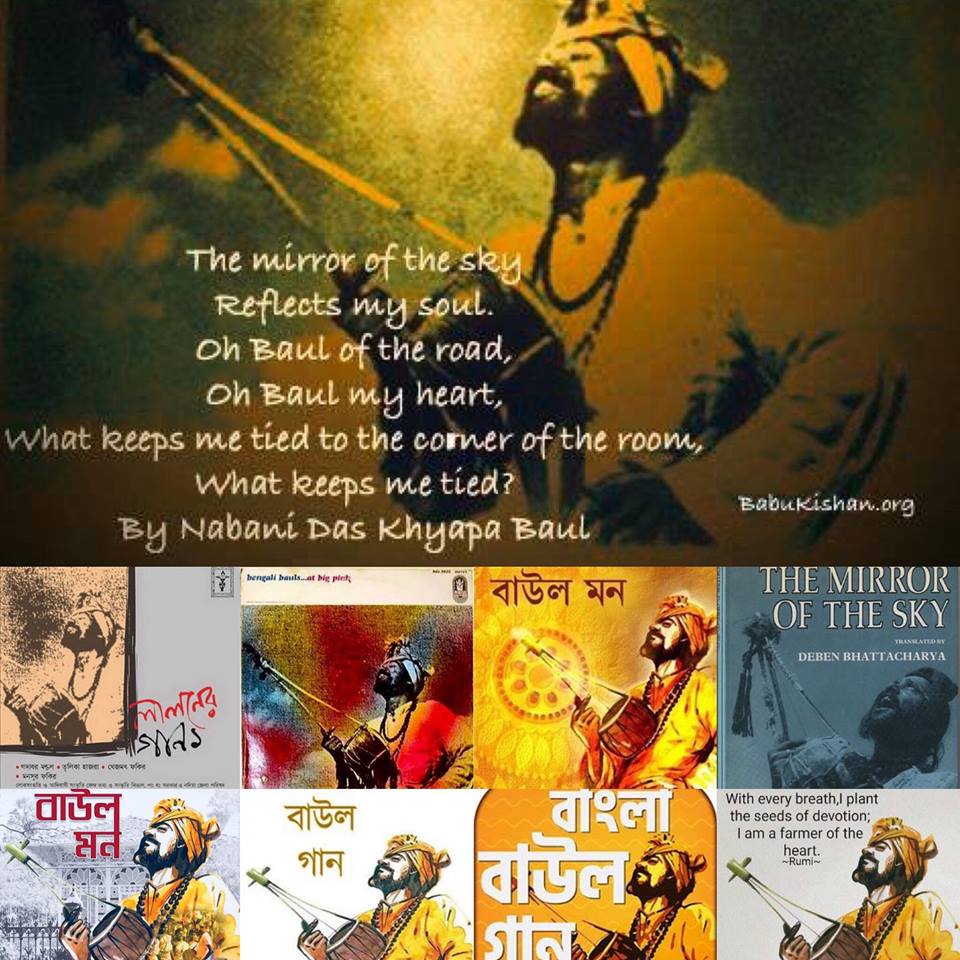
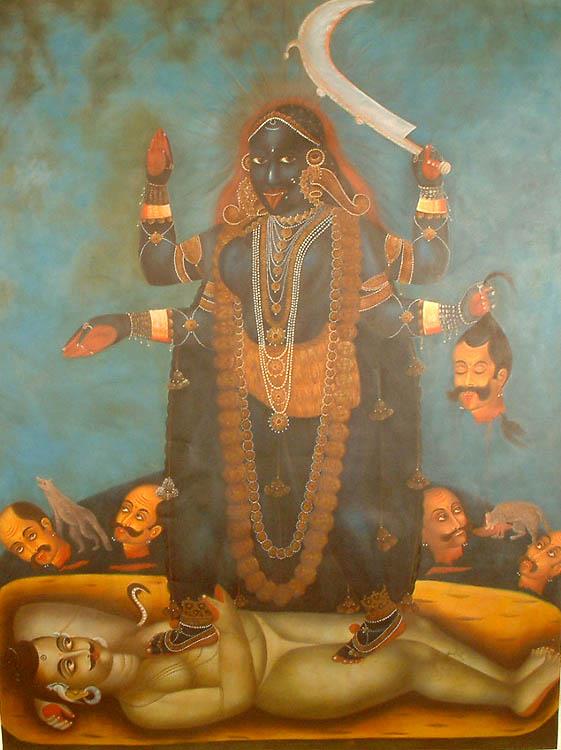
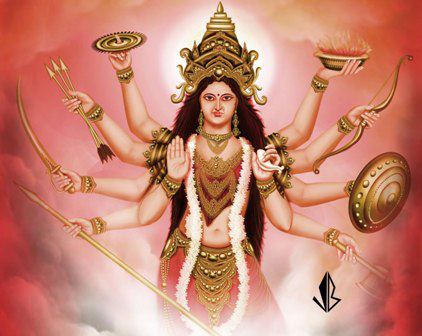
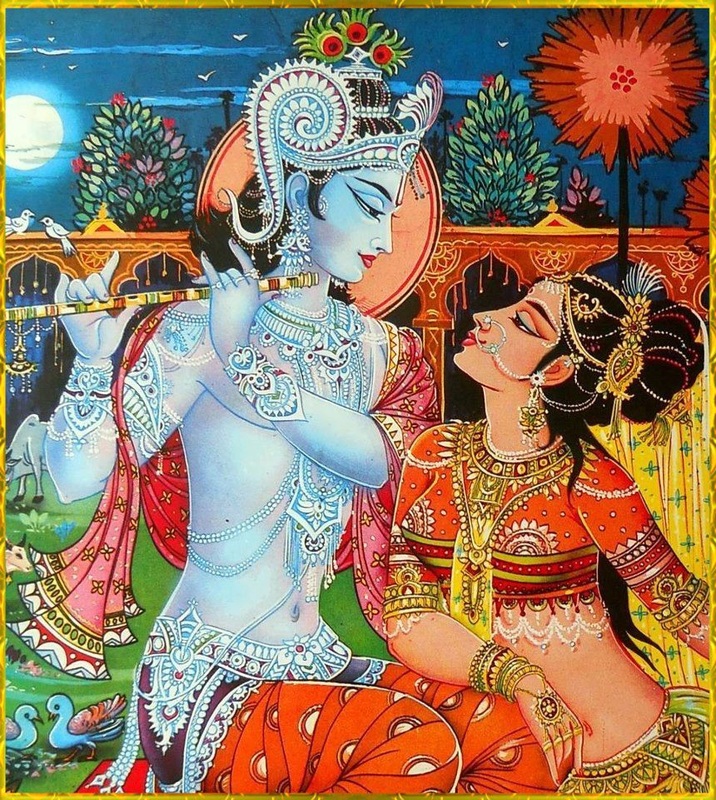
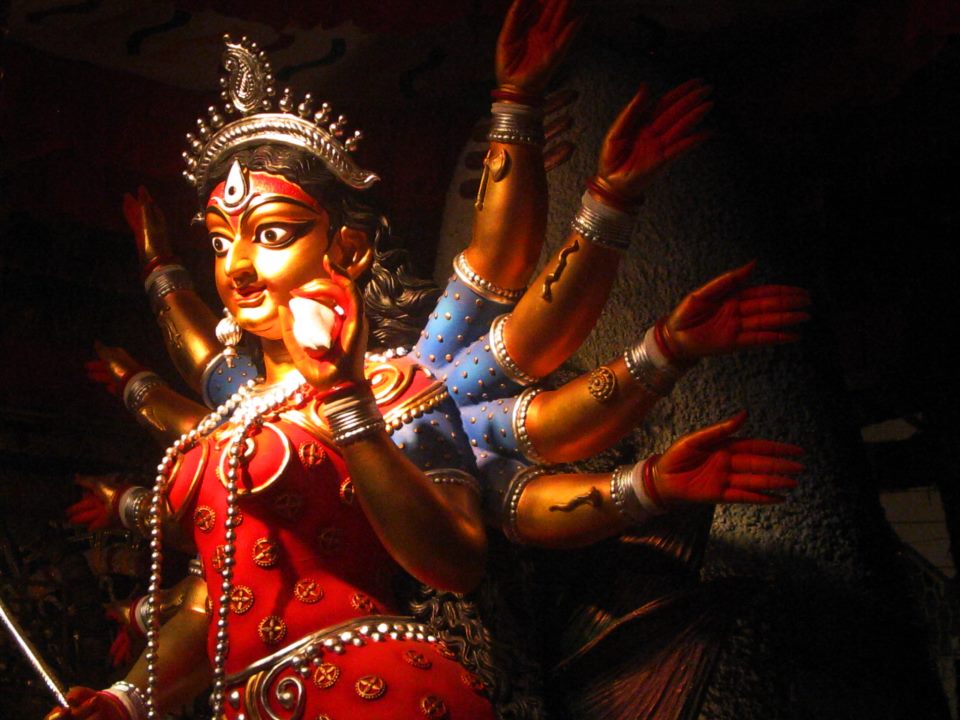
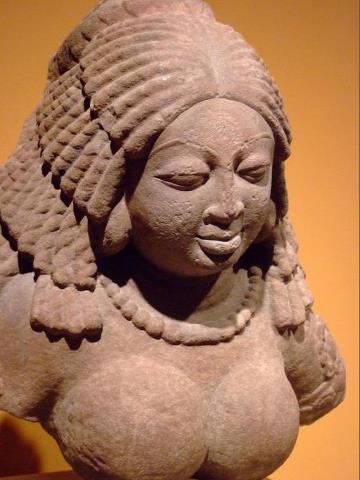
 RSS Feed
RSS Feed
